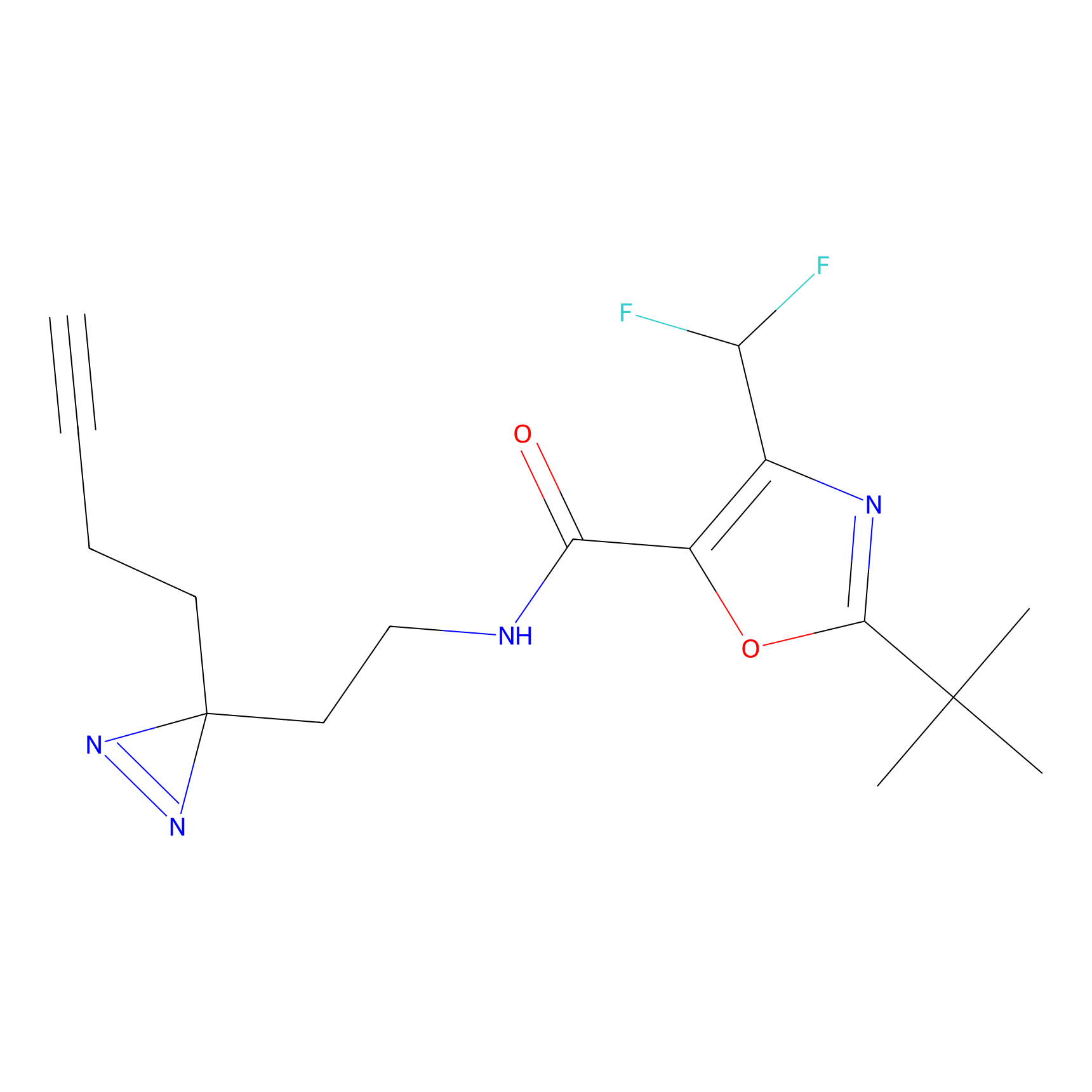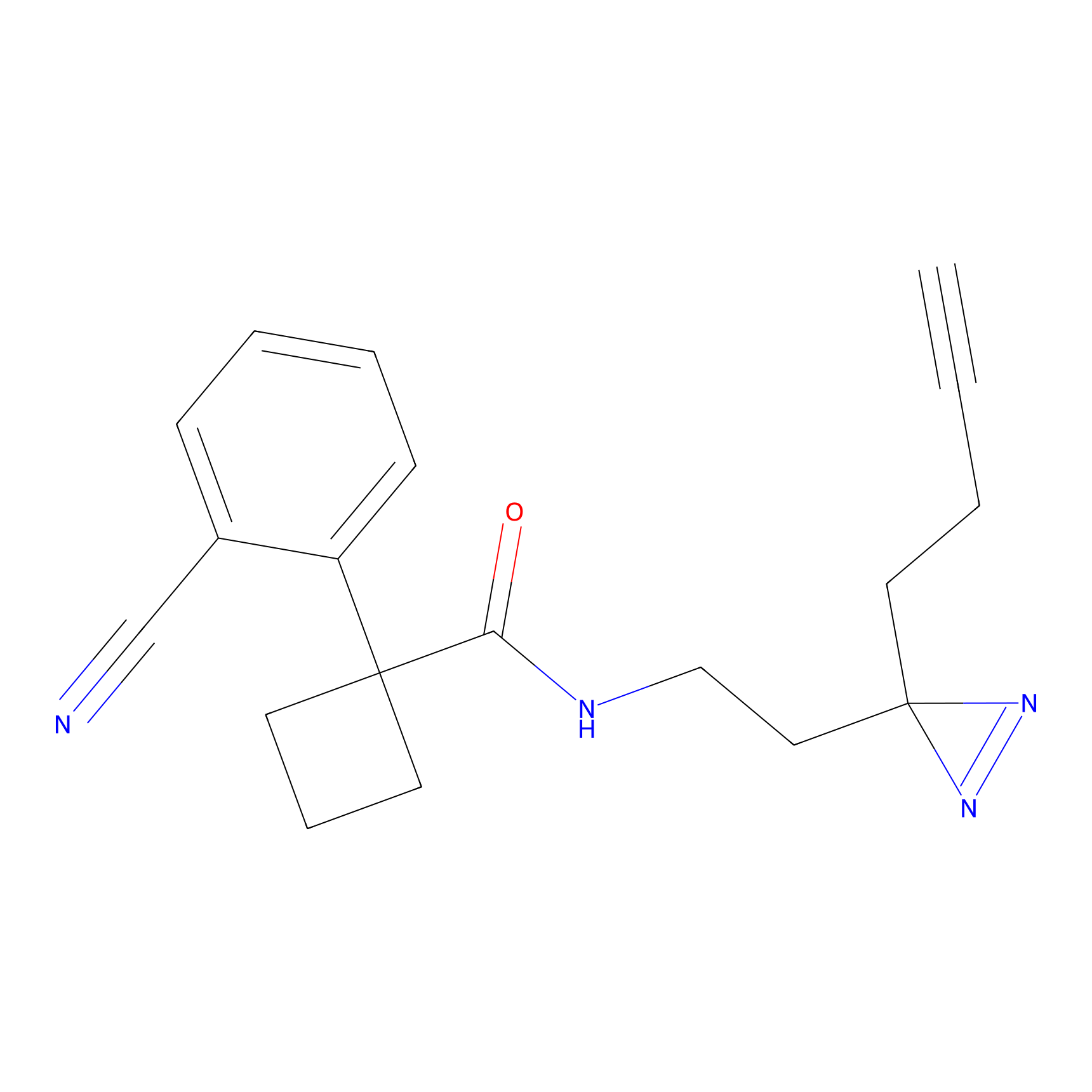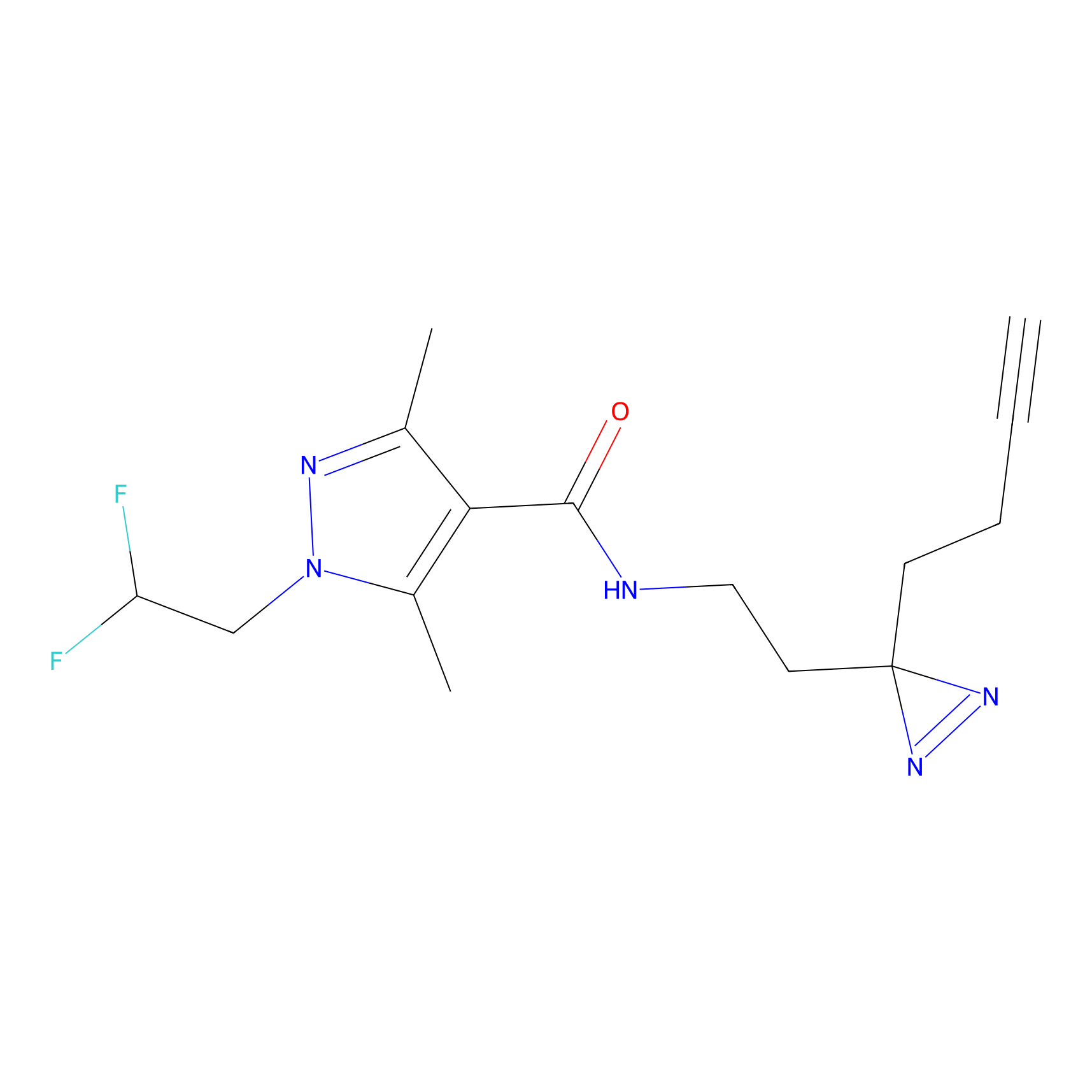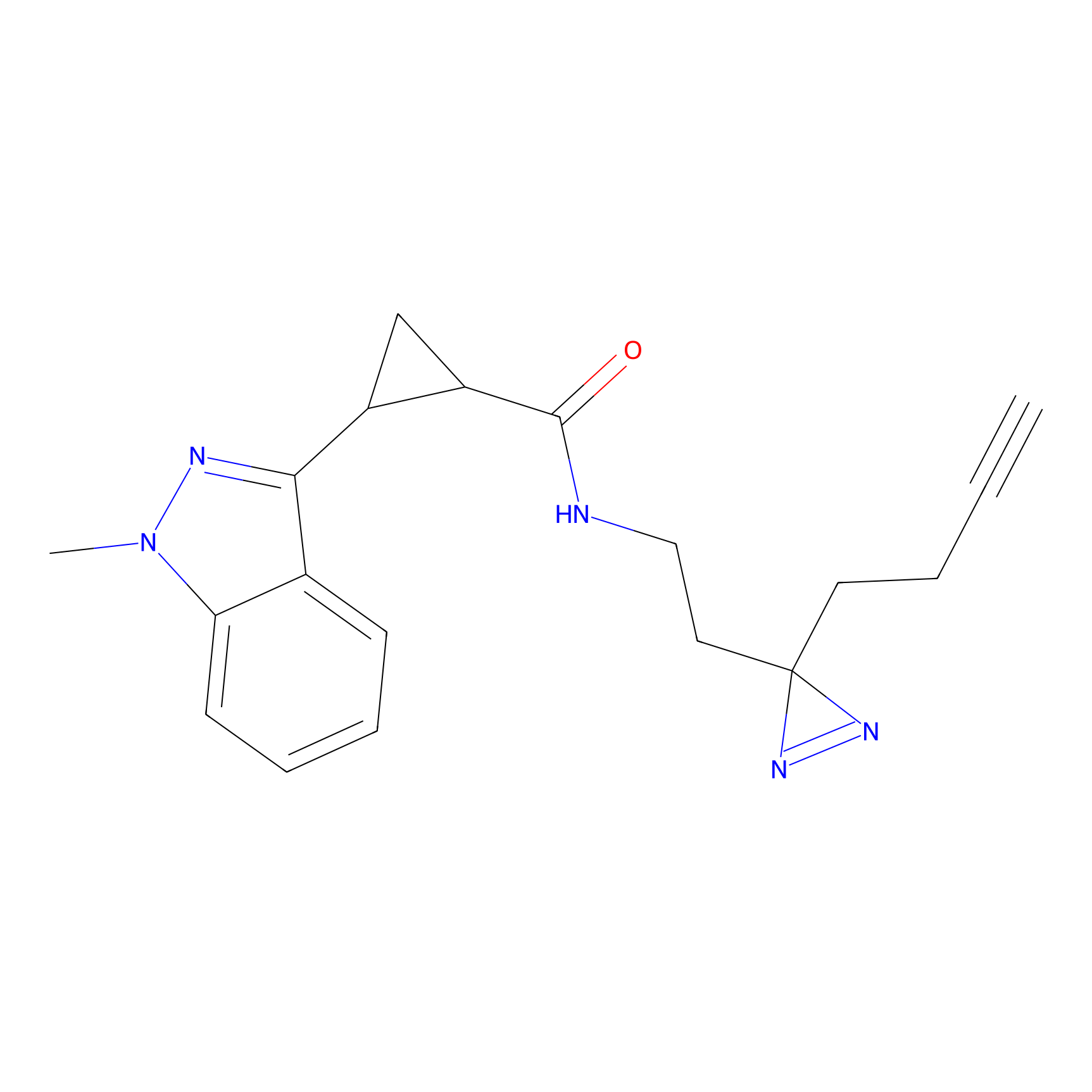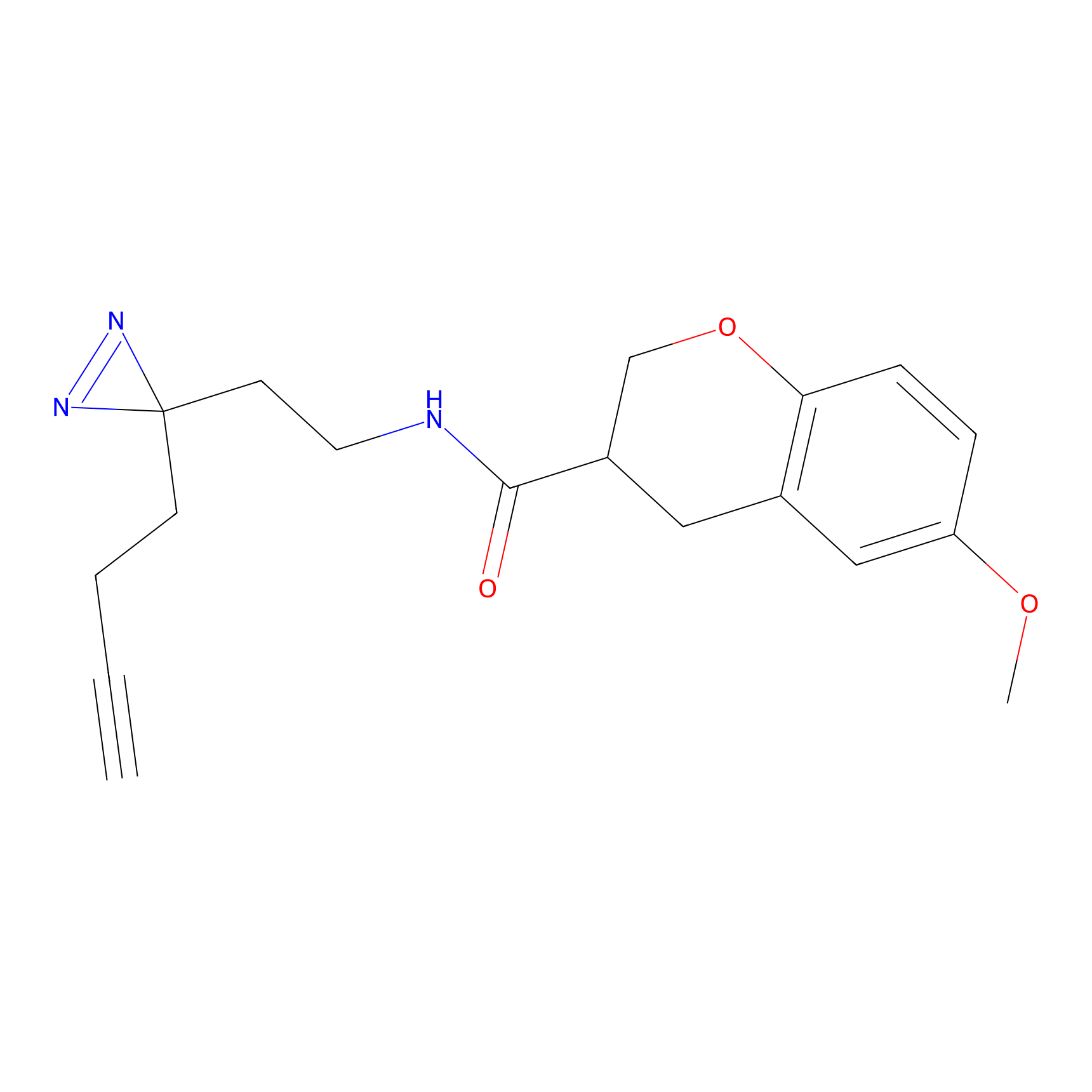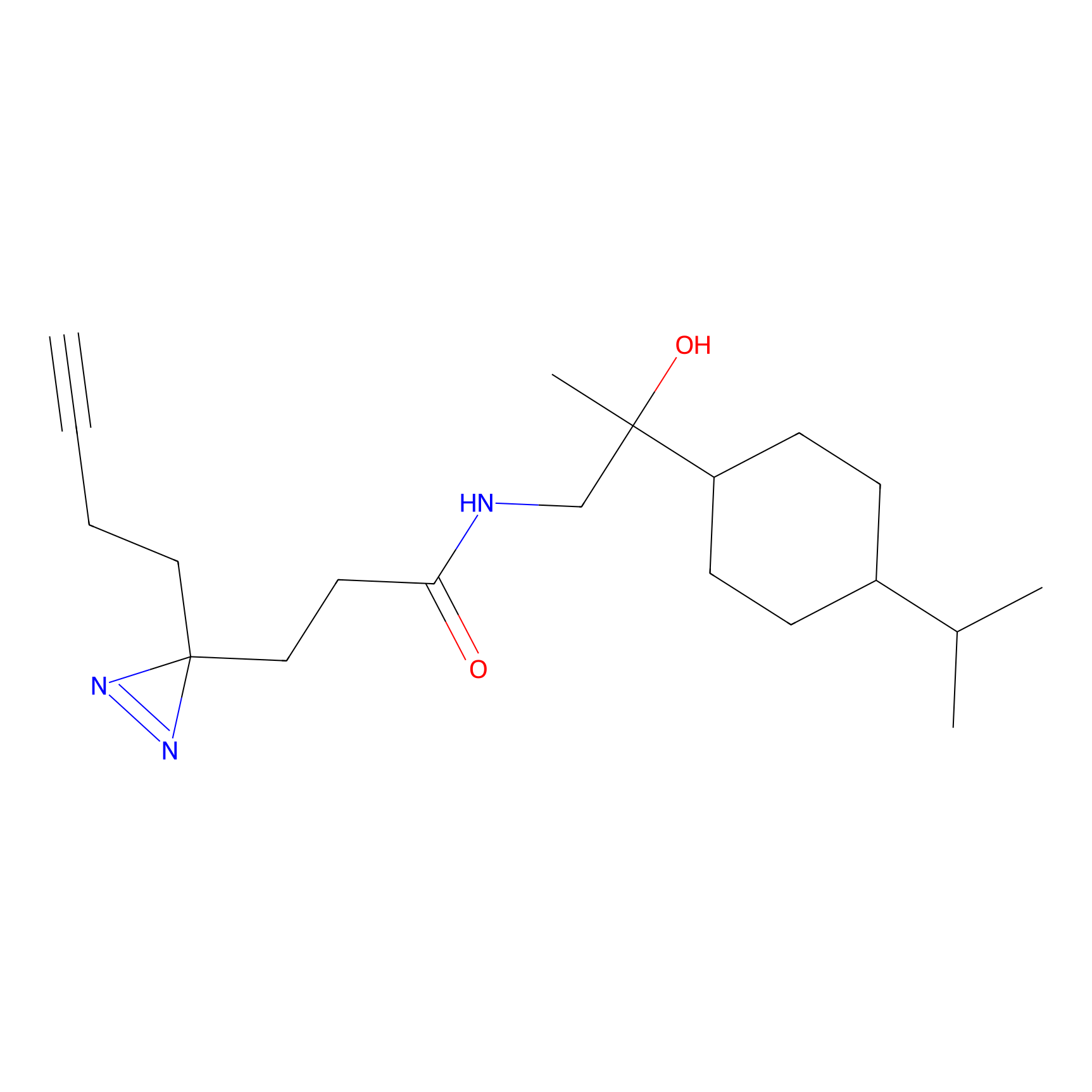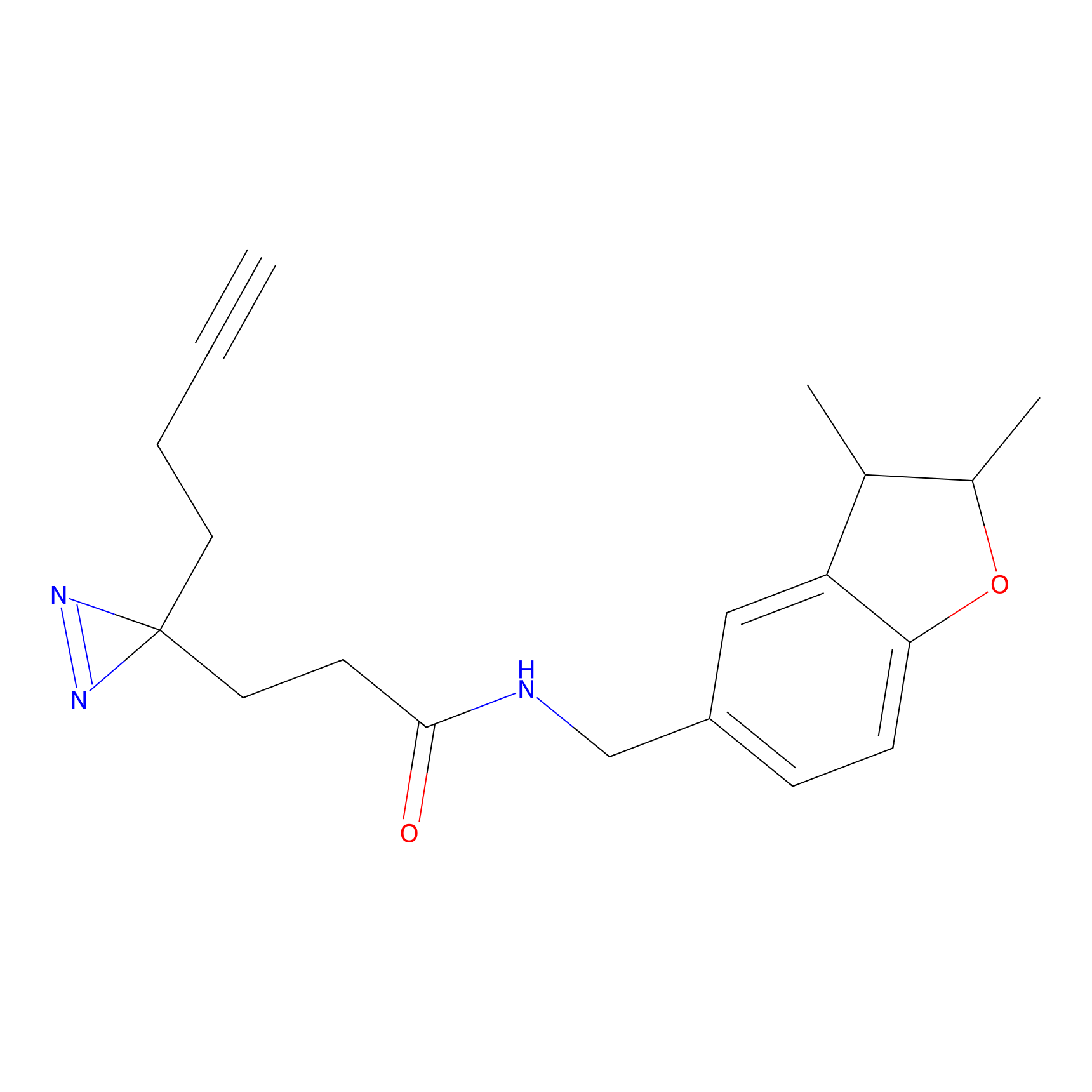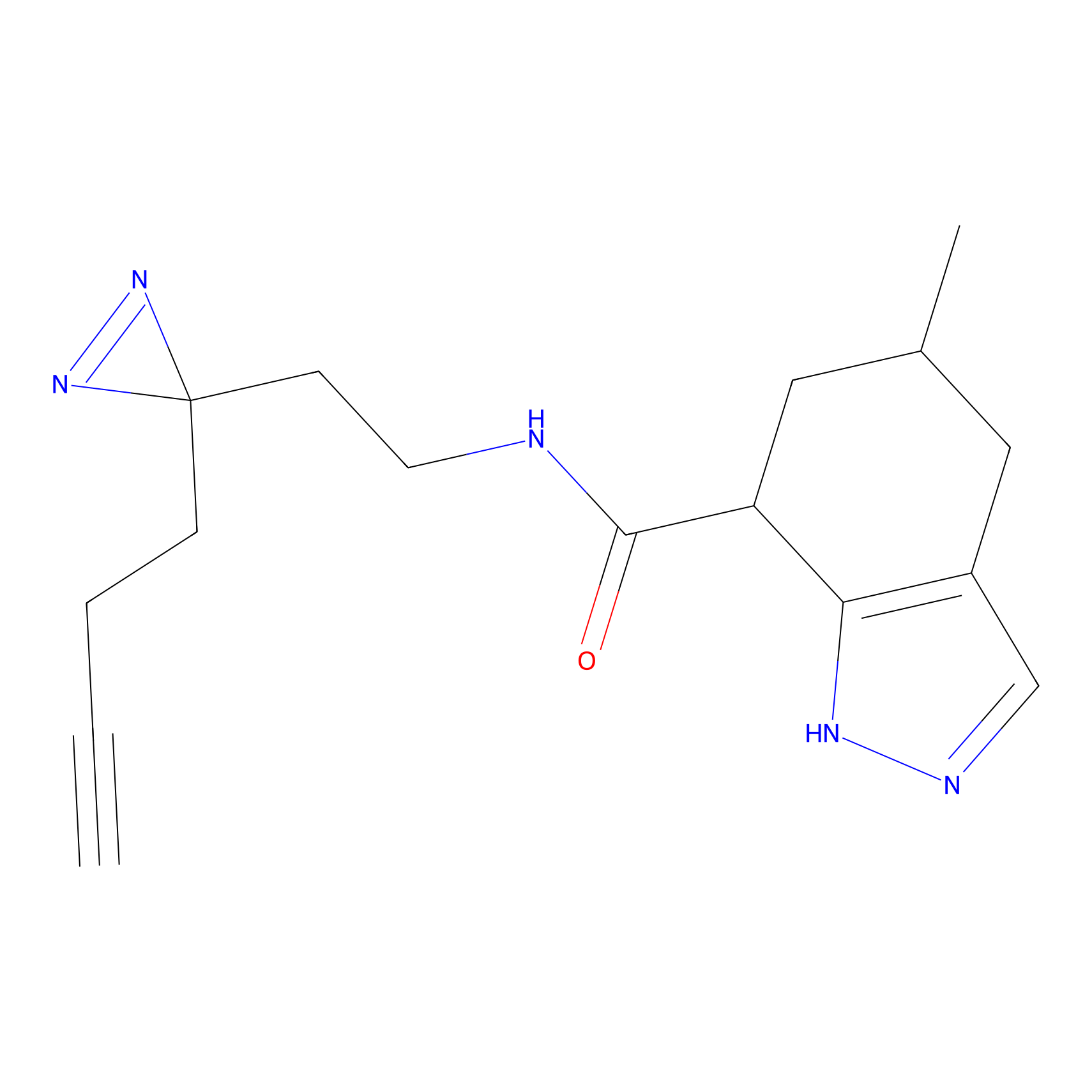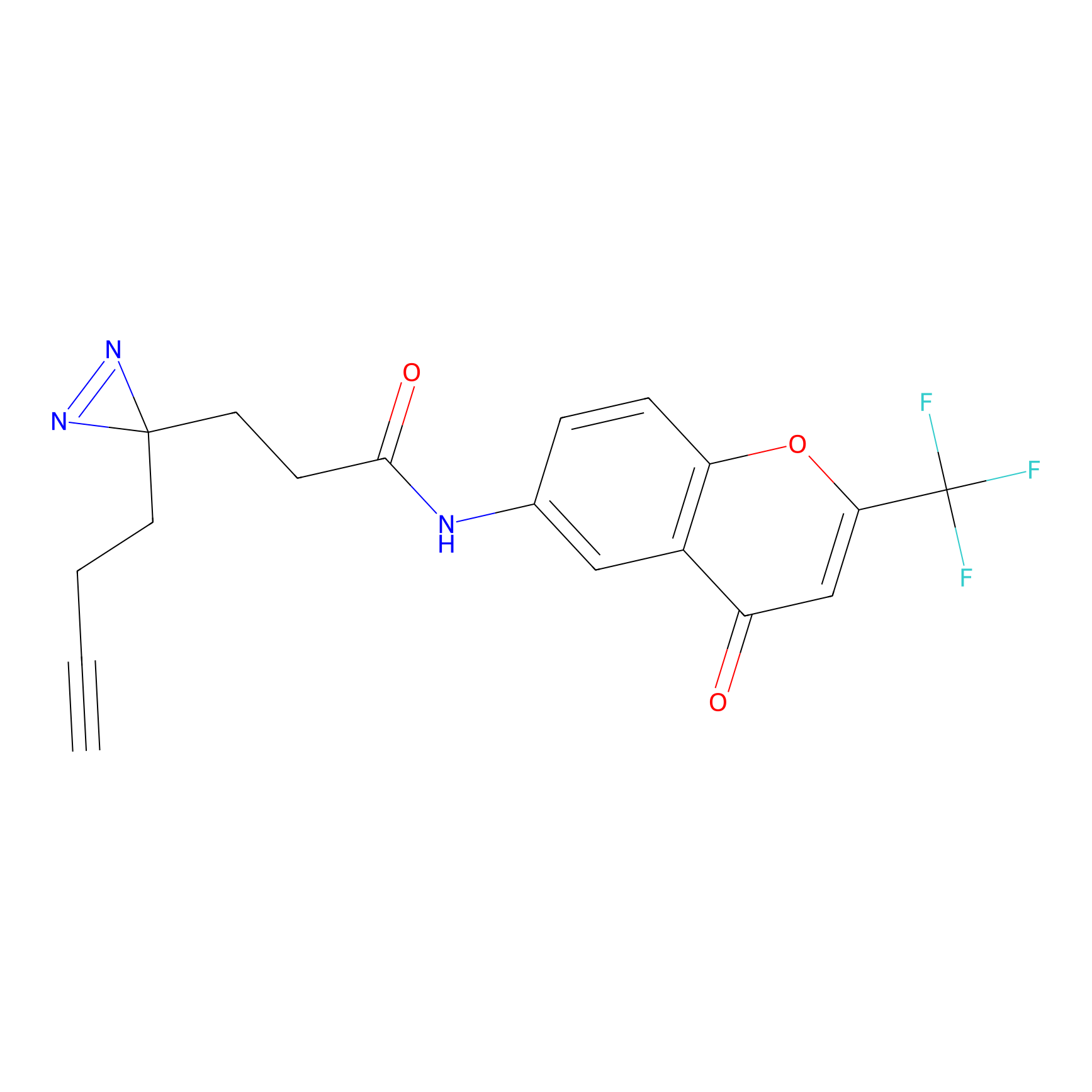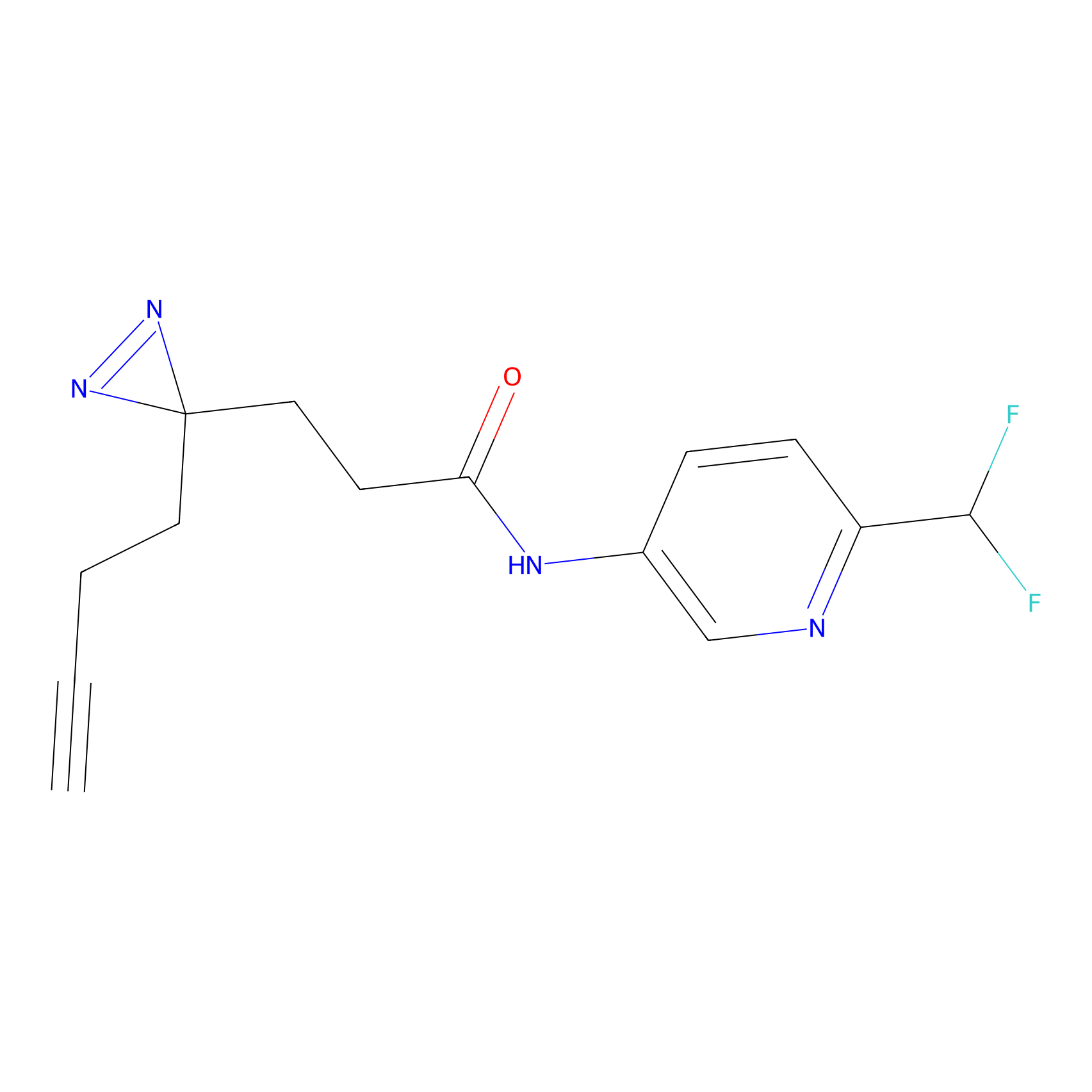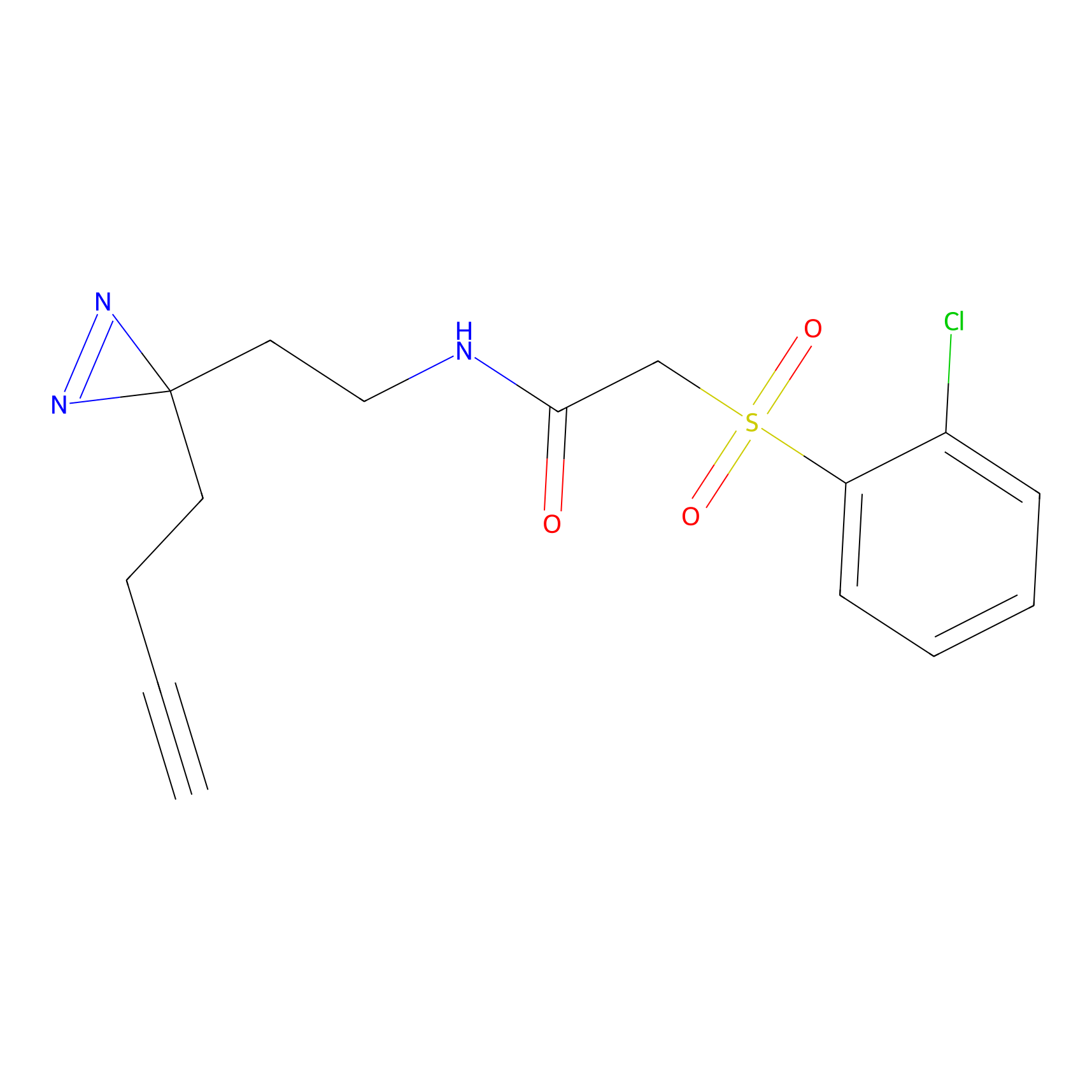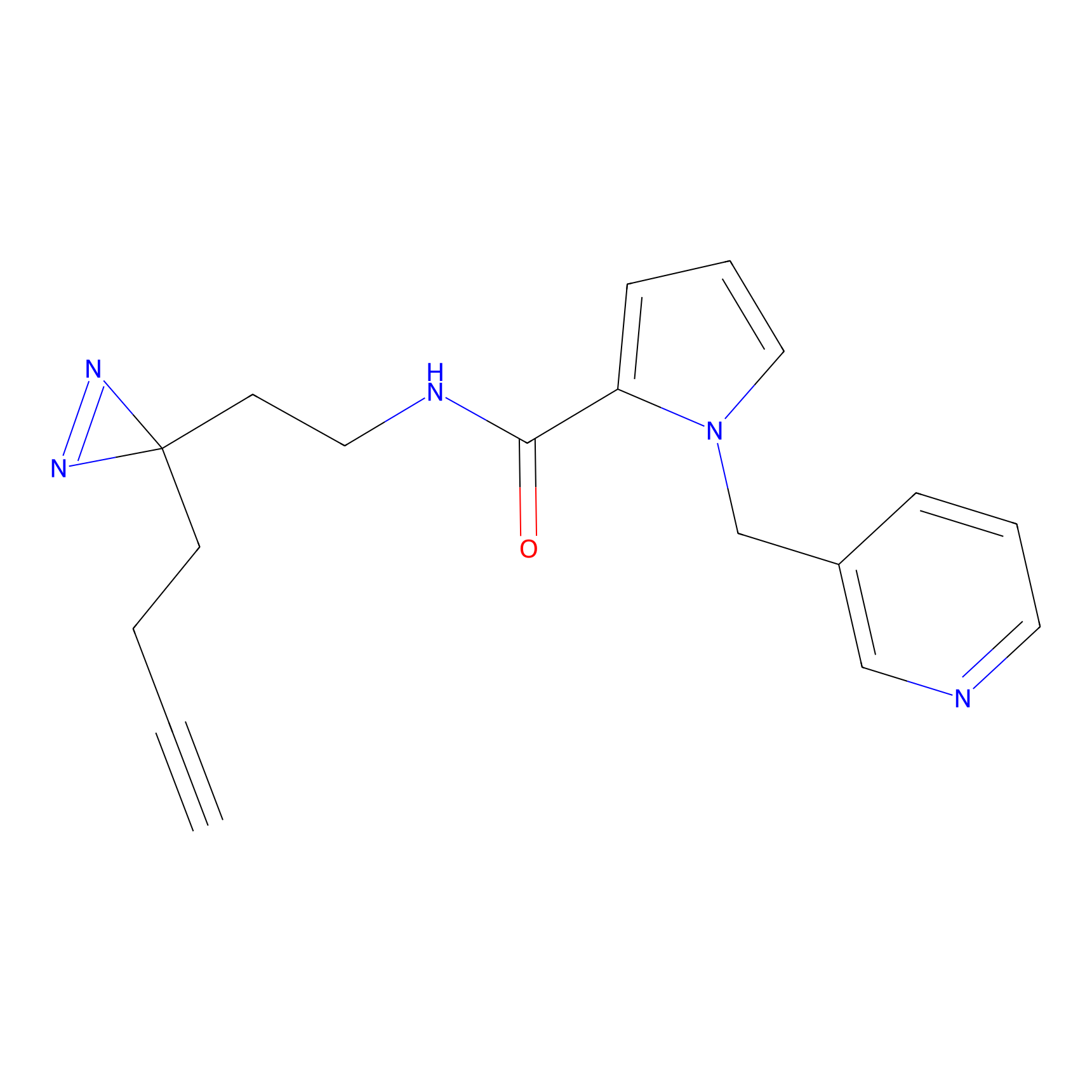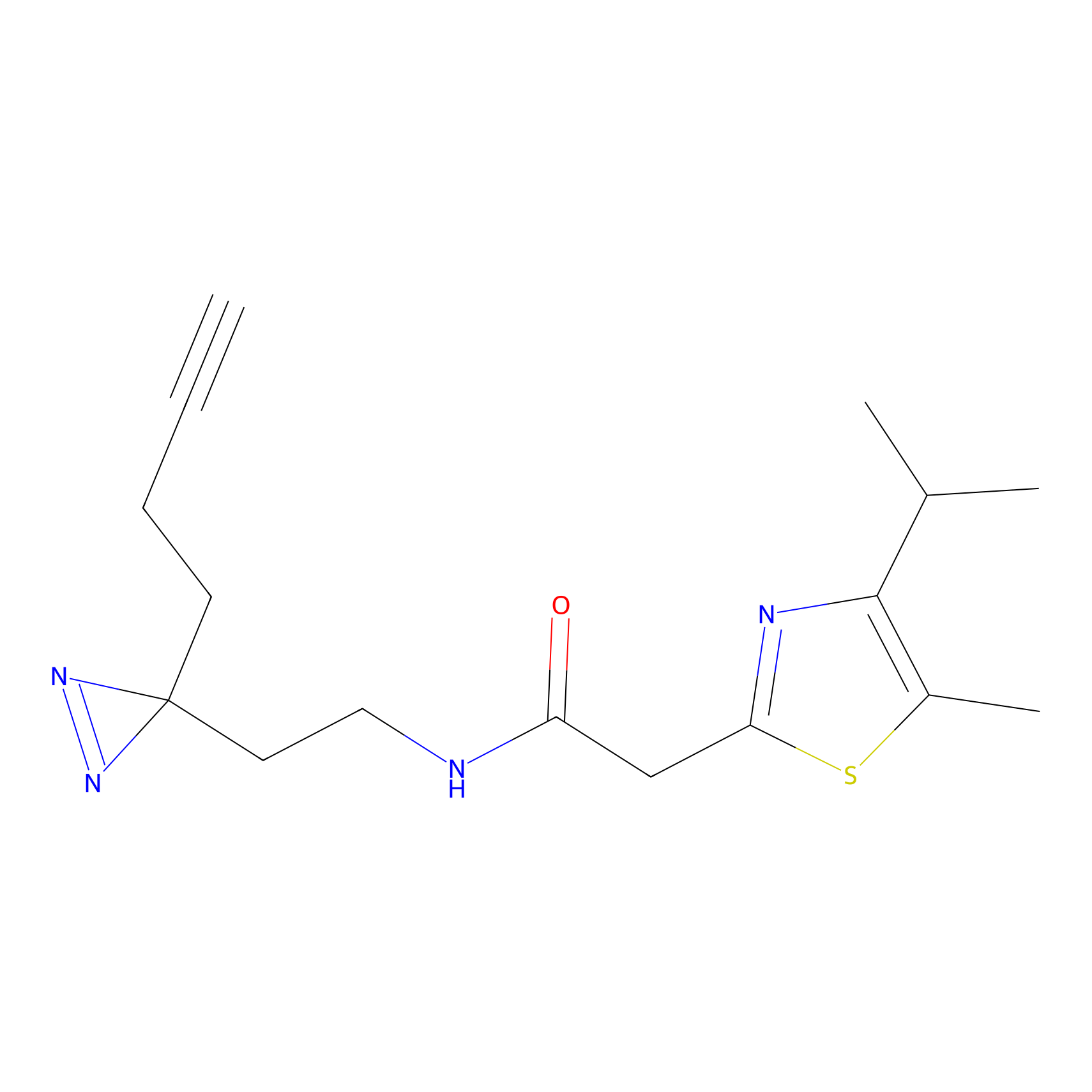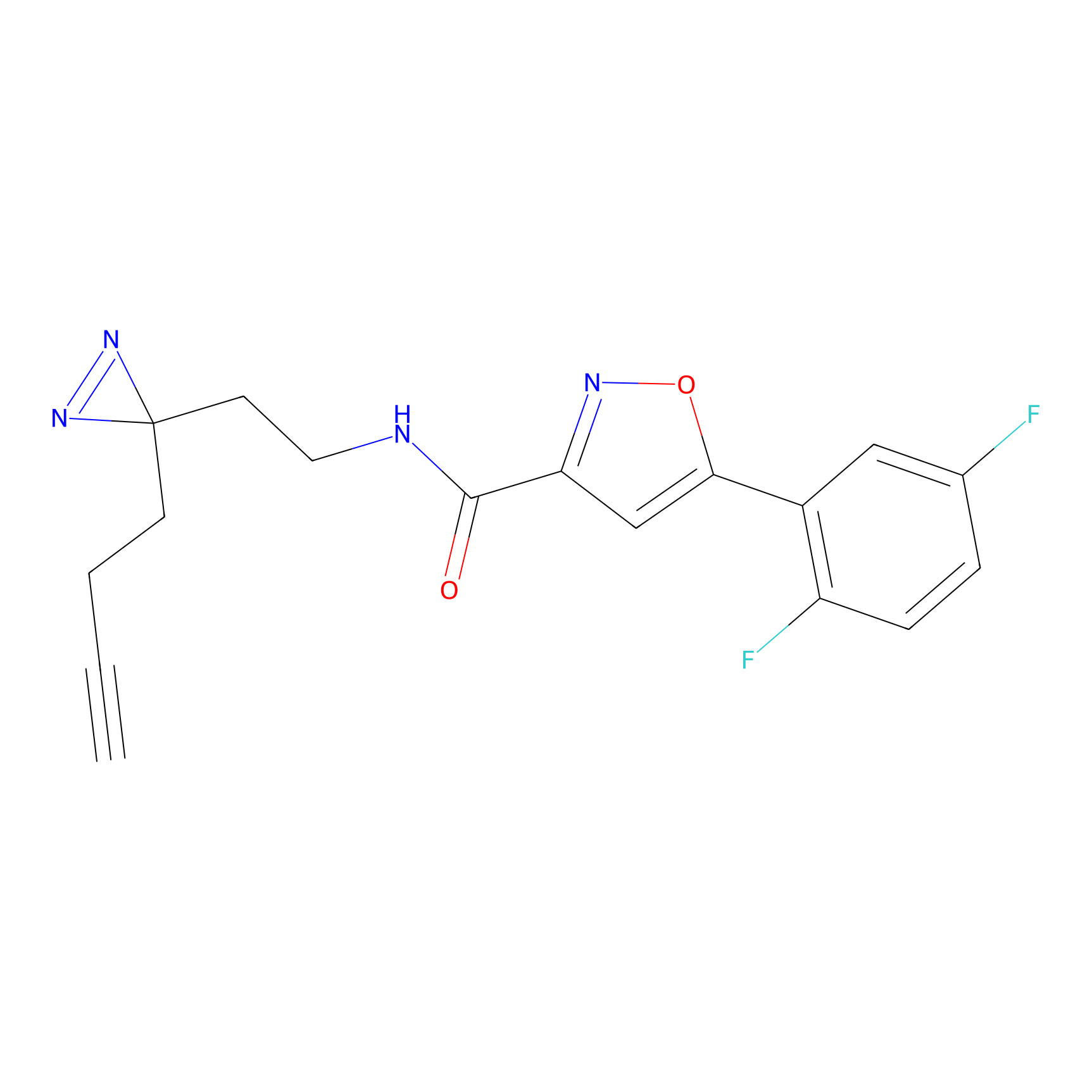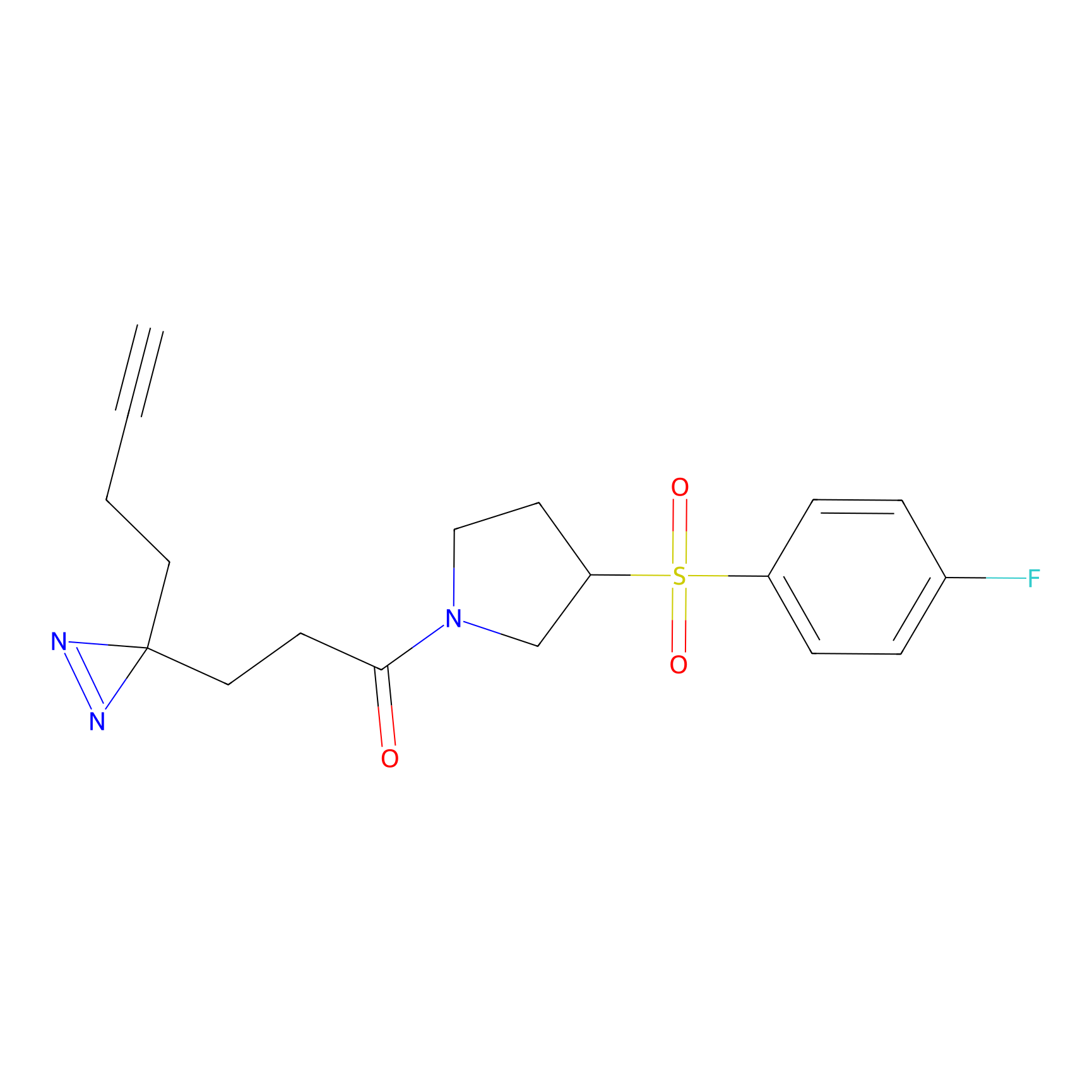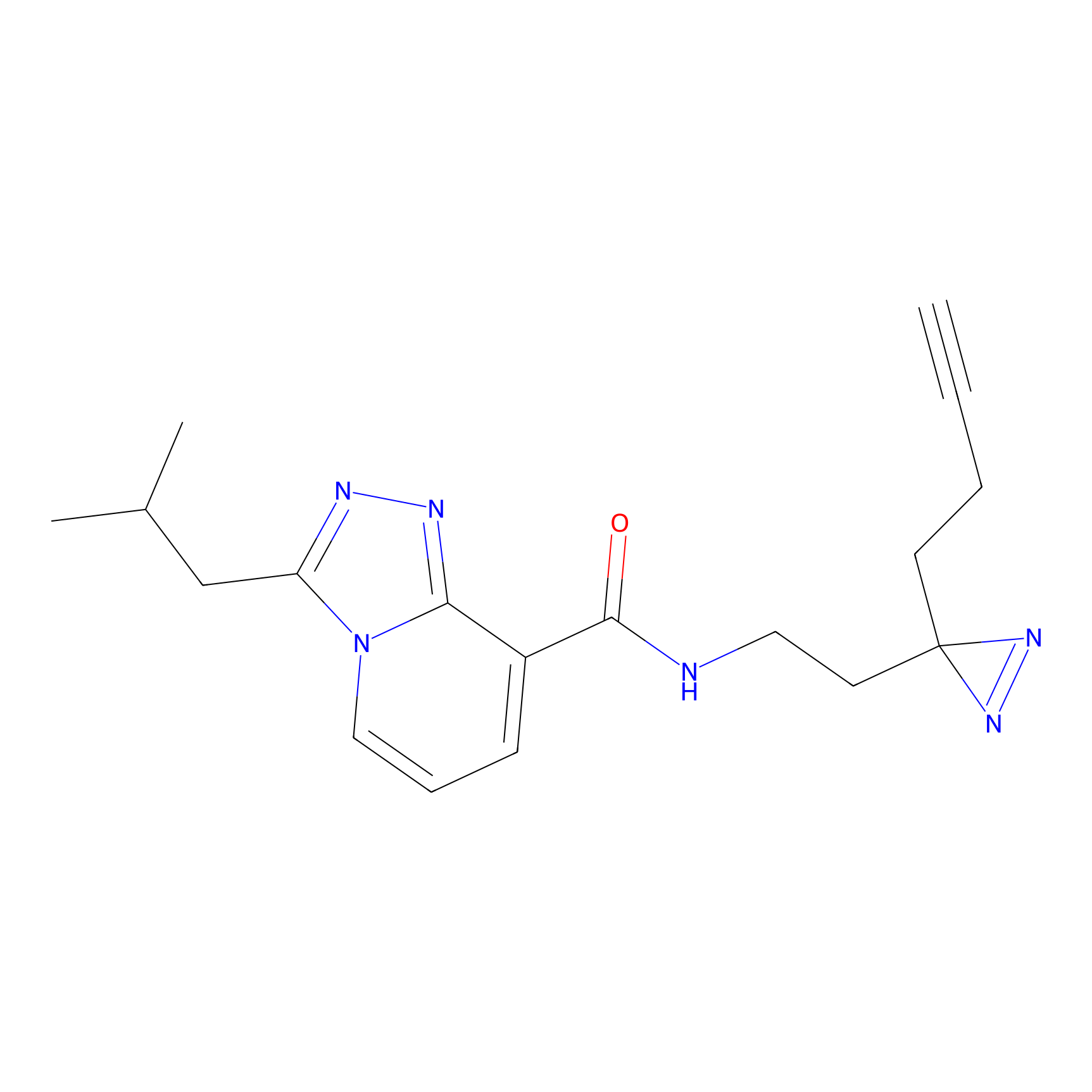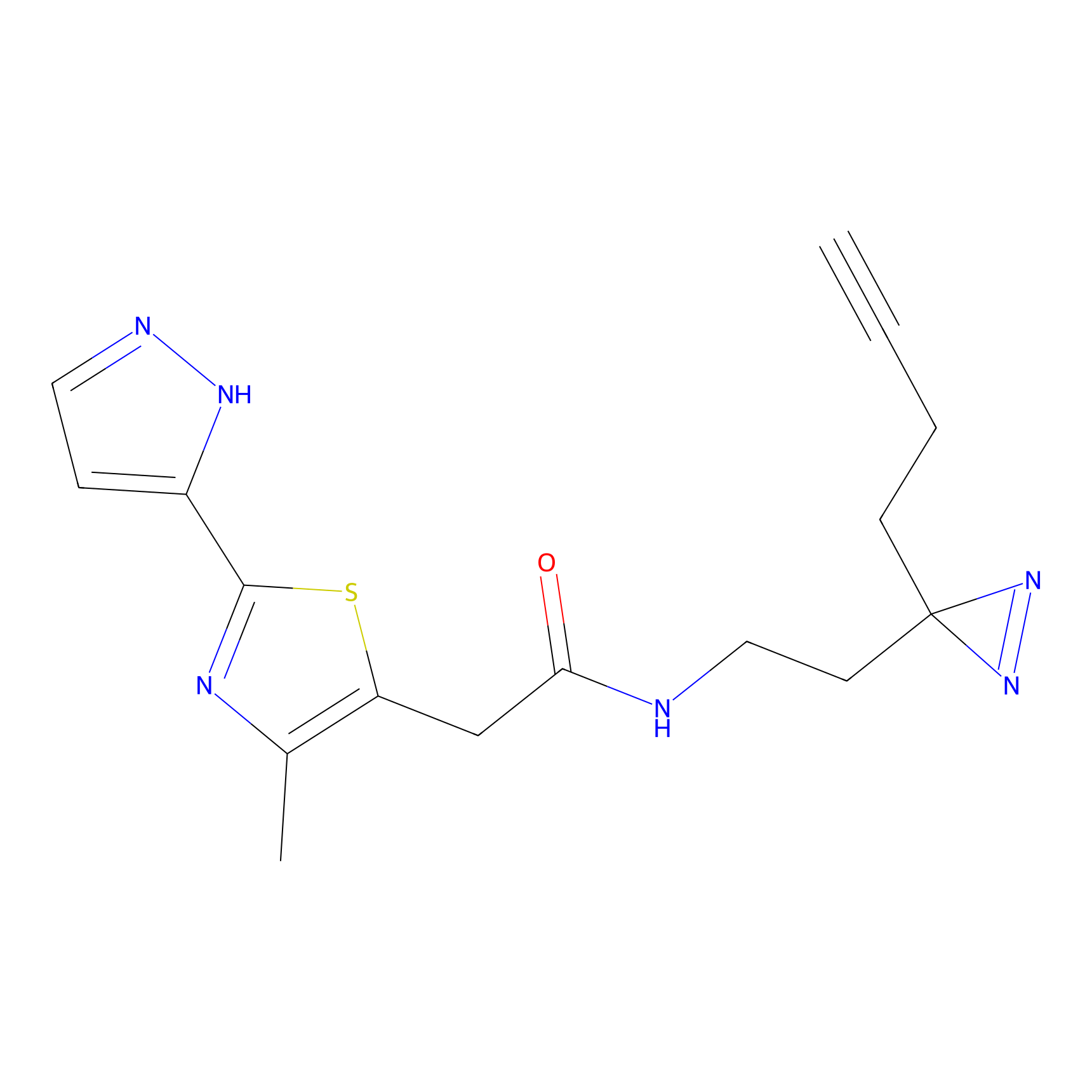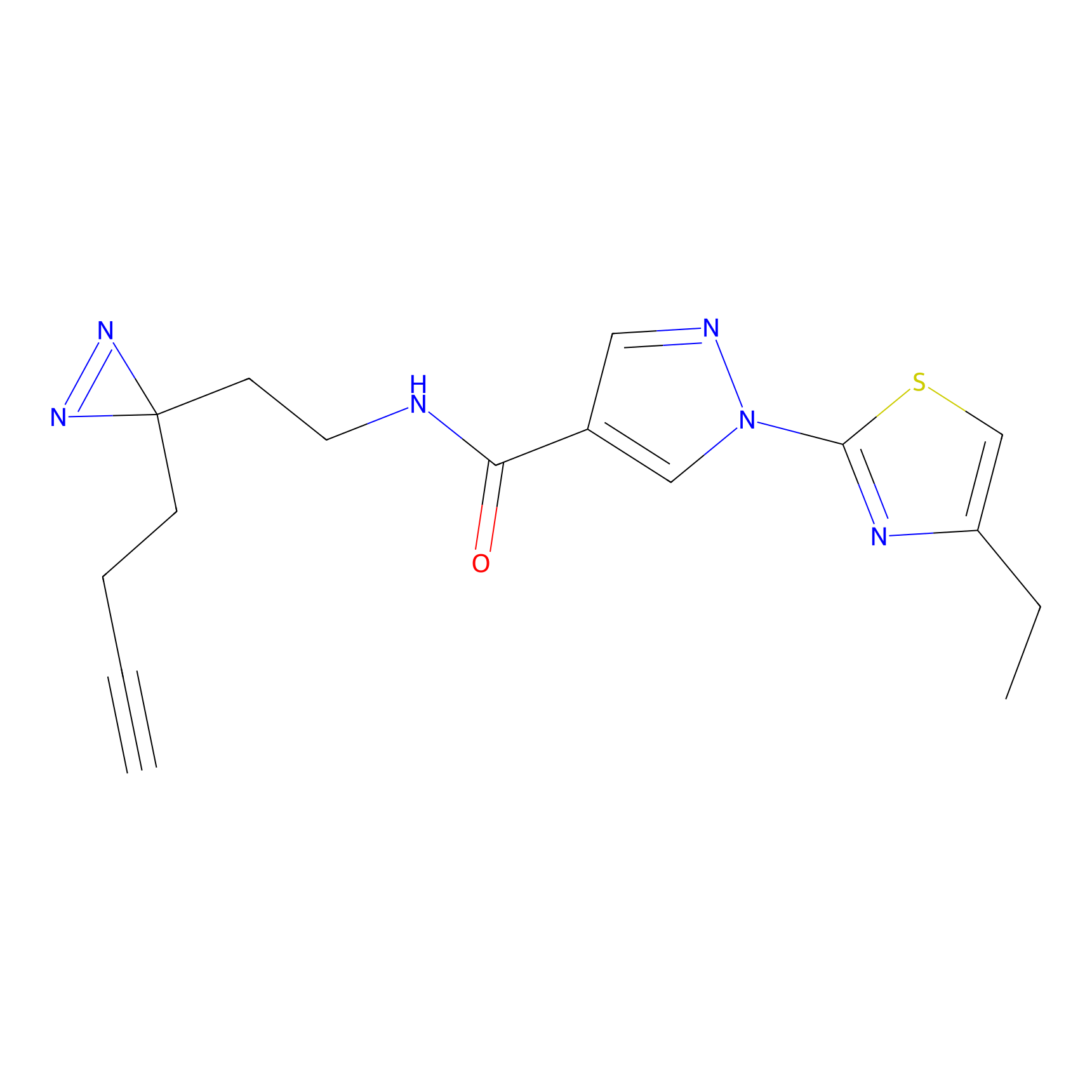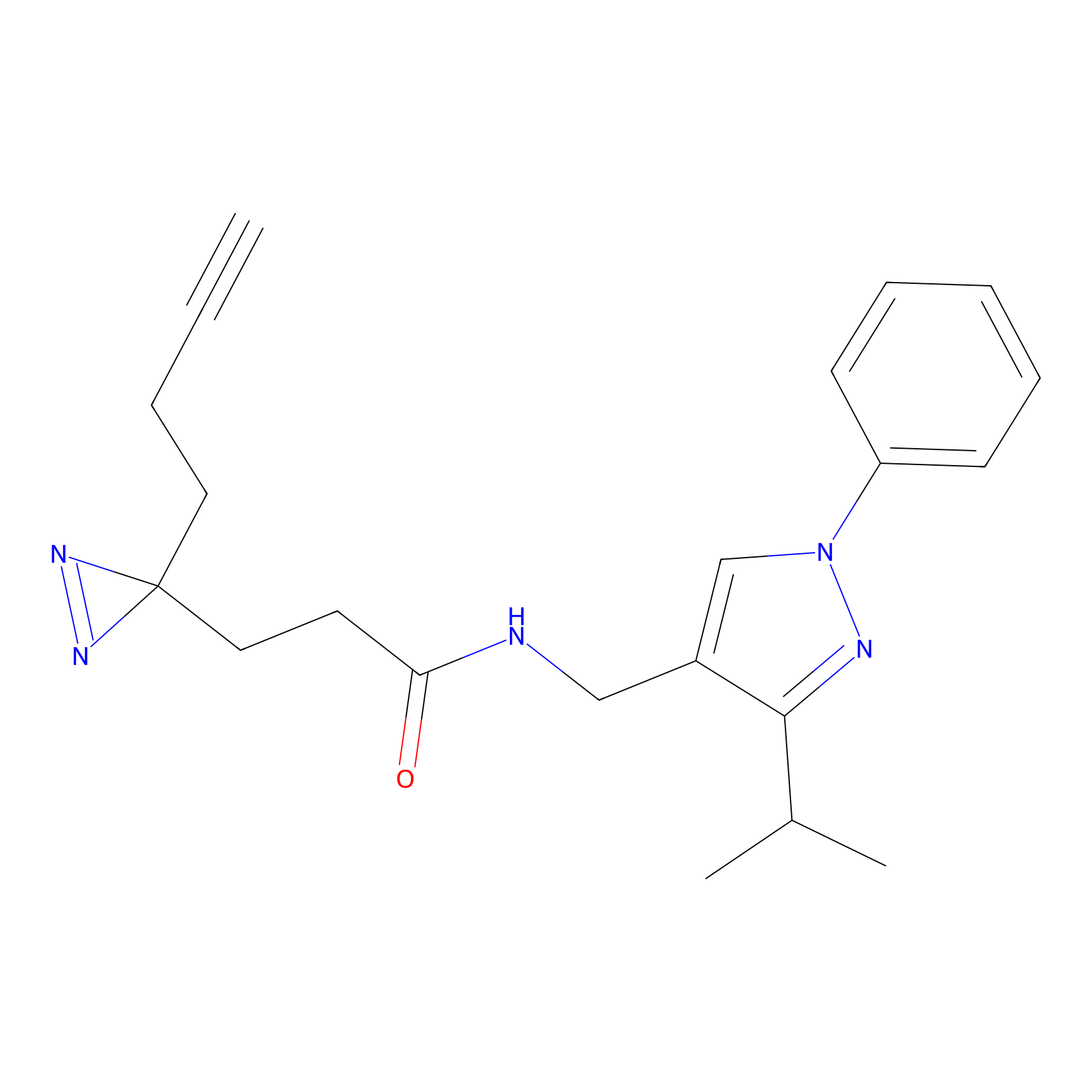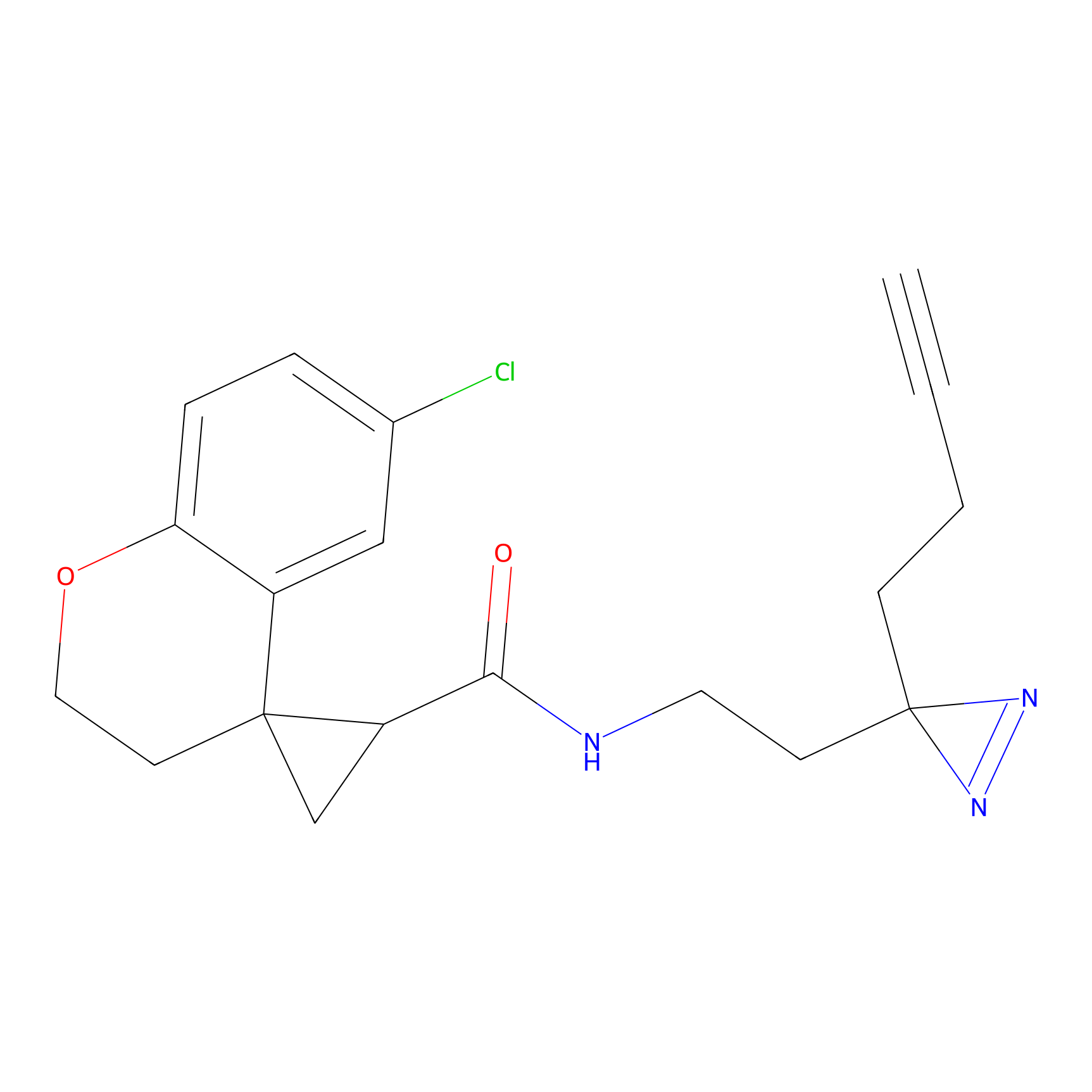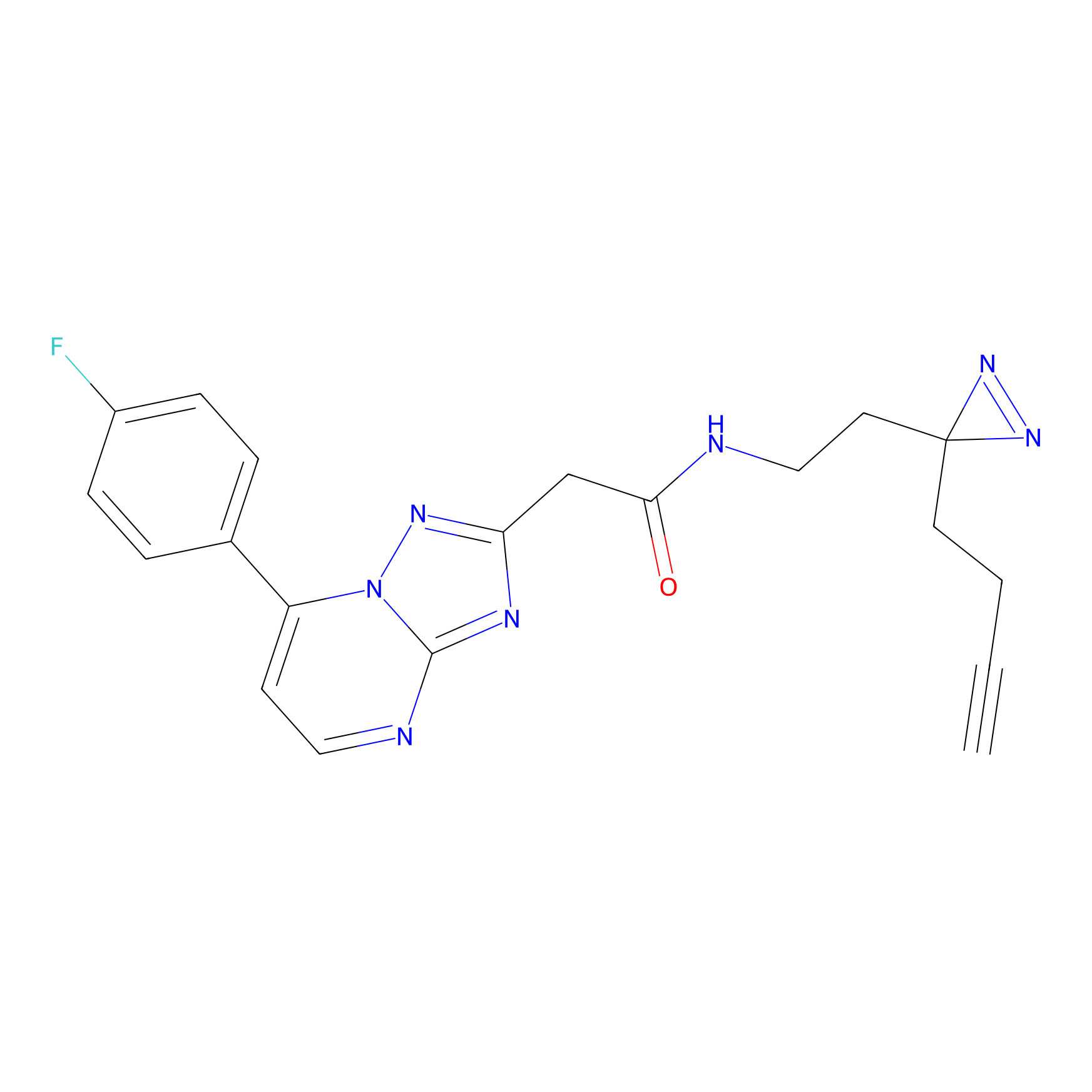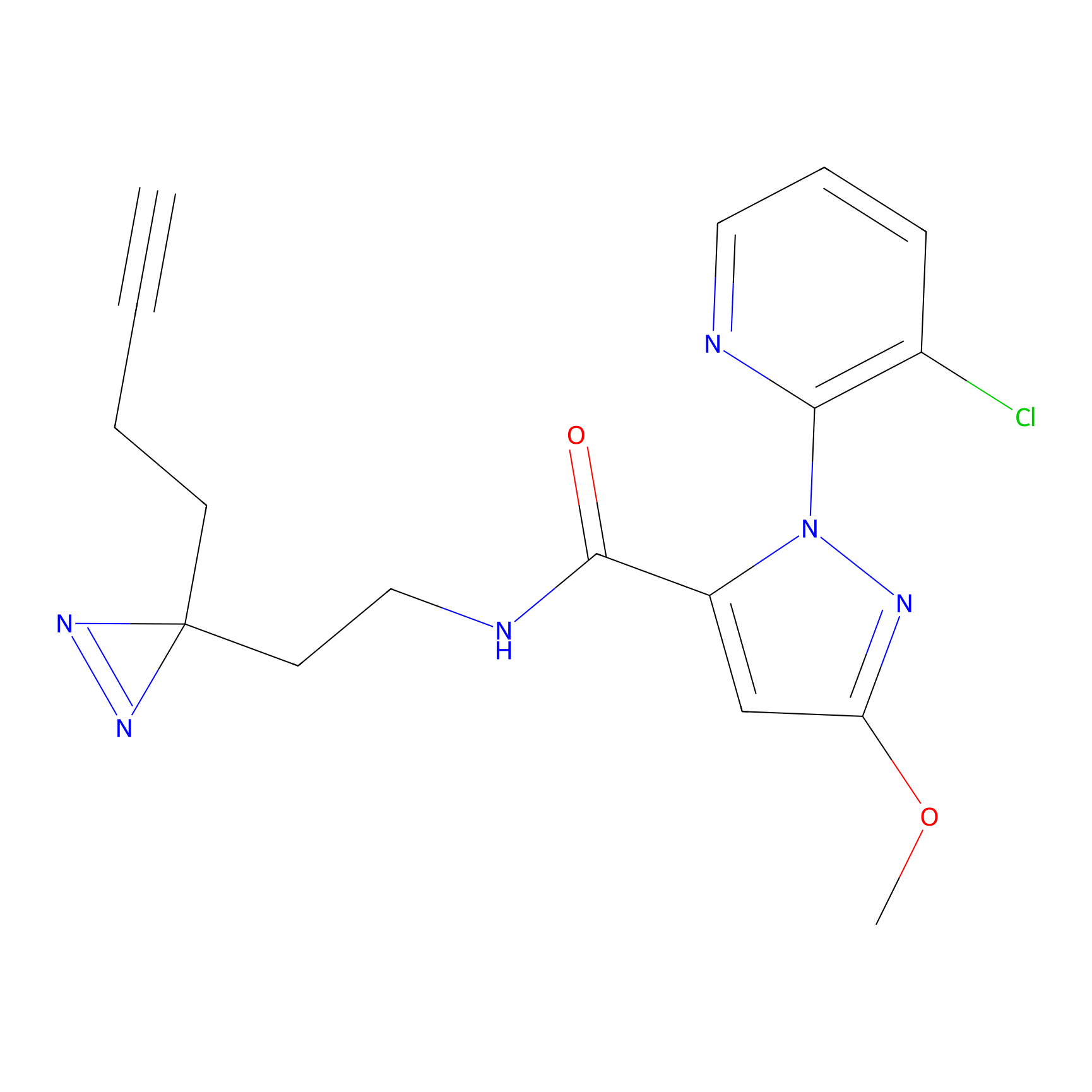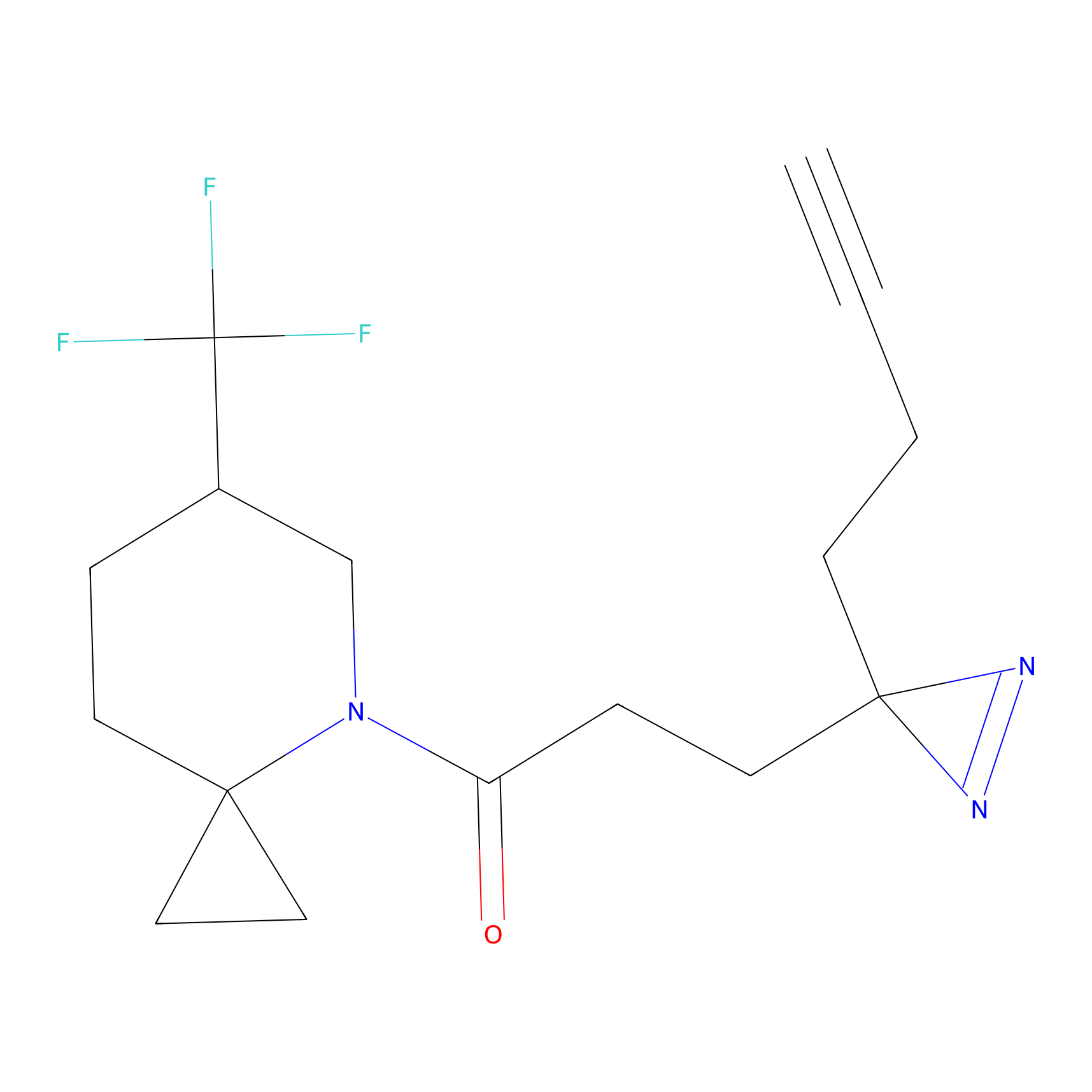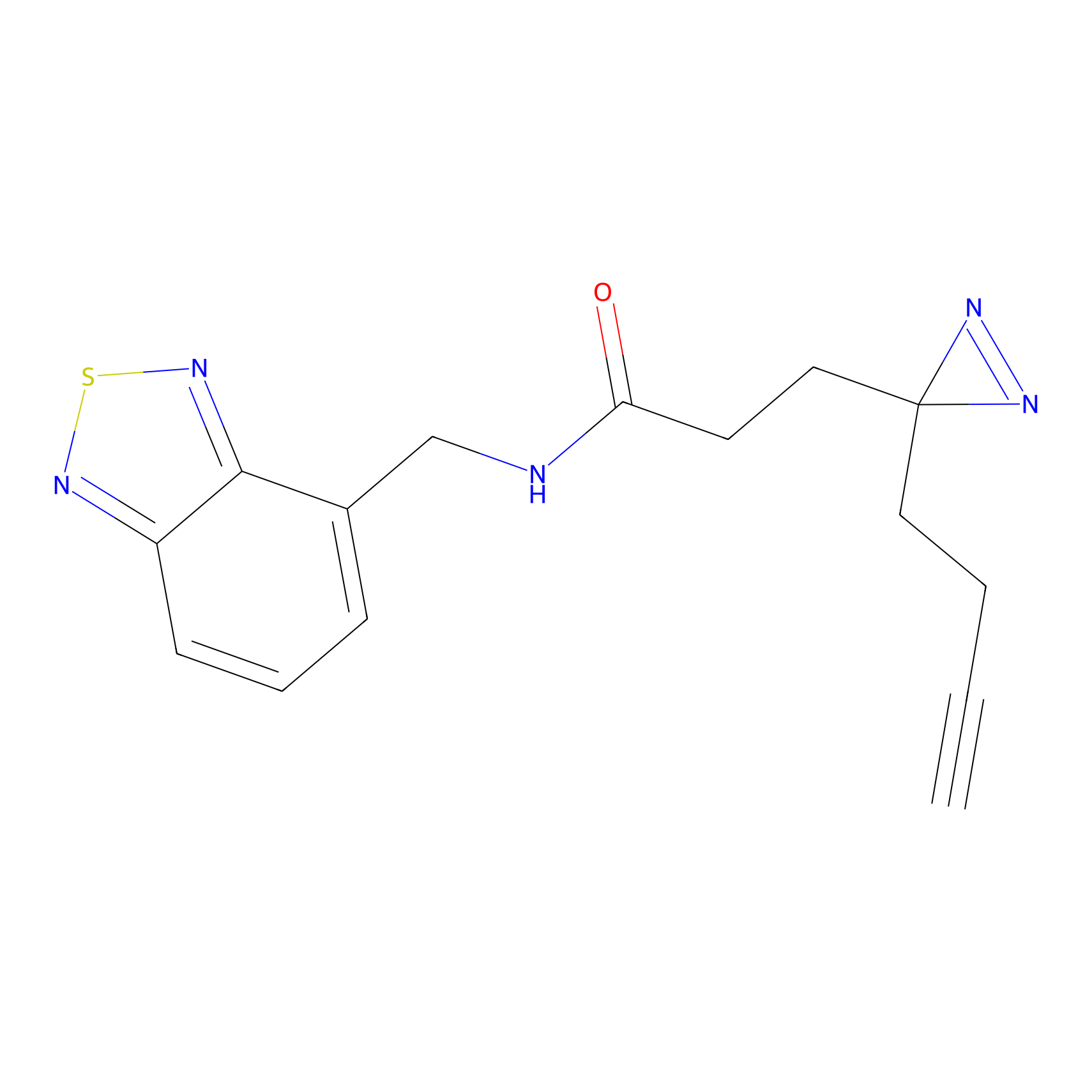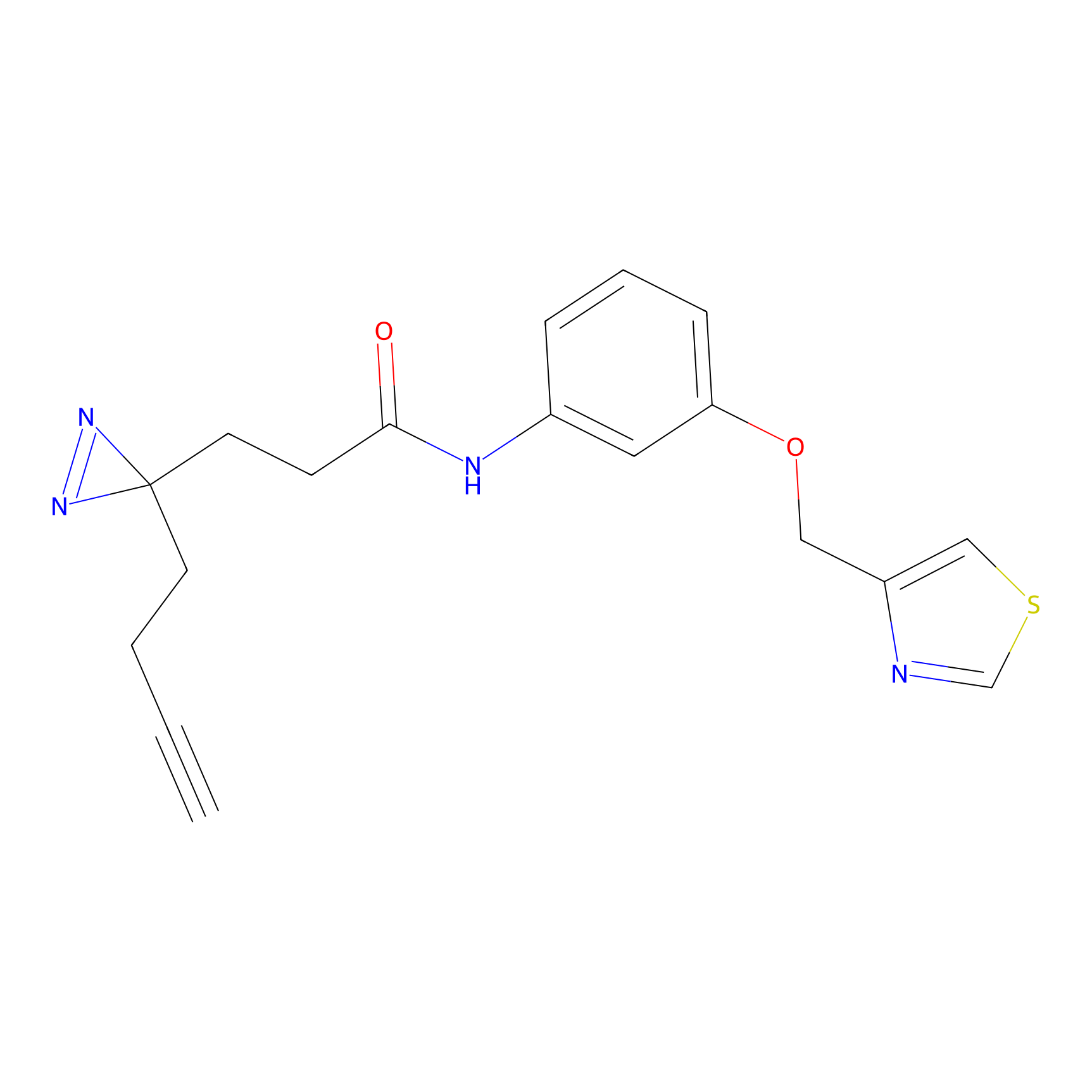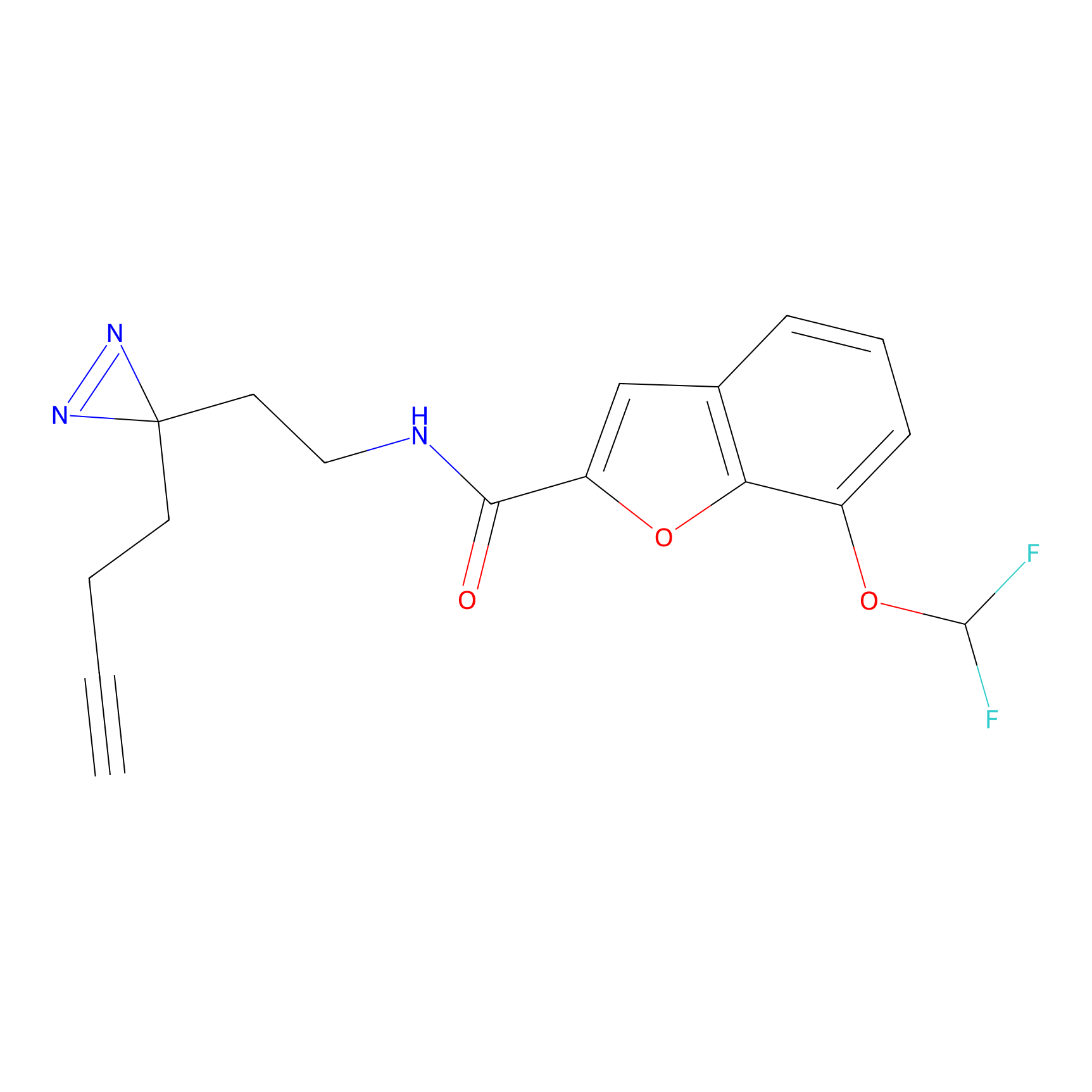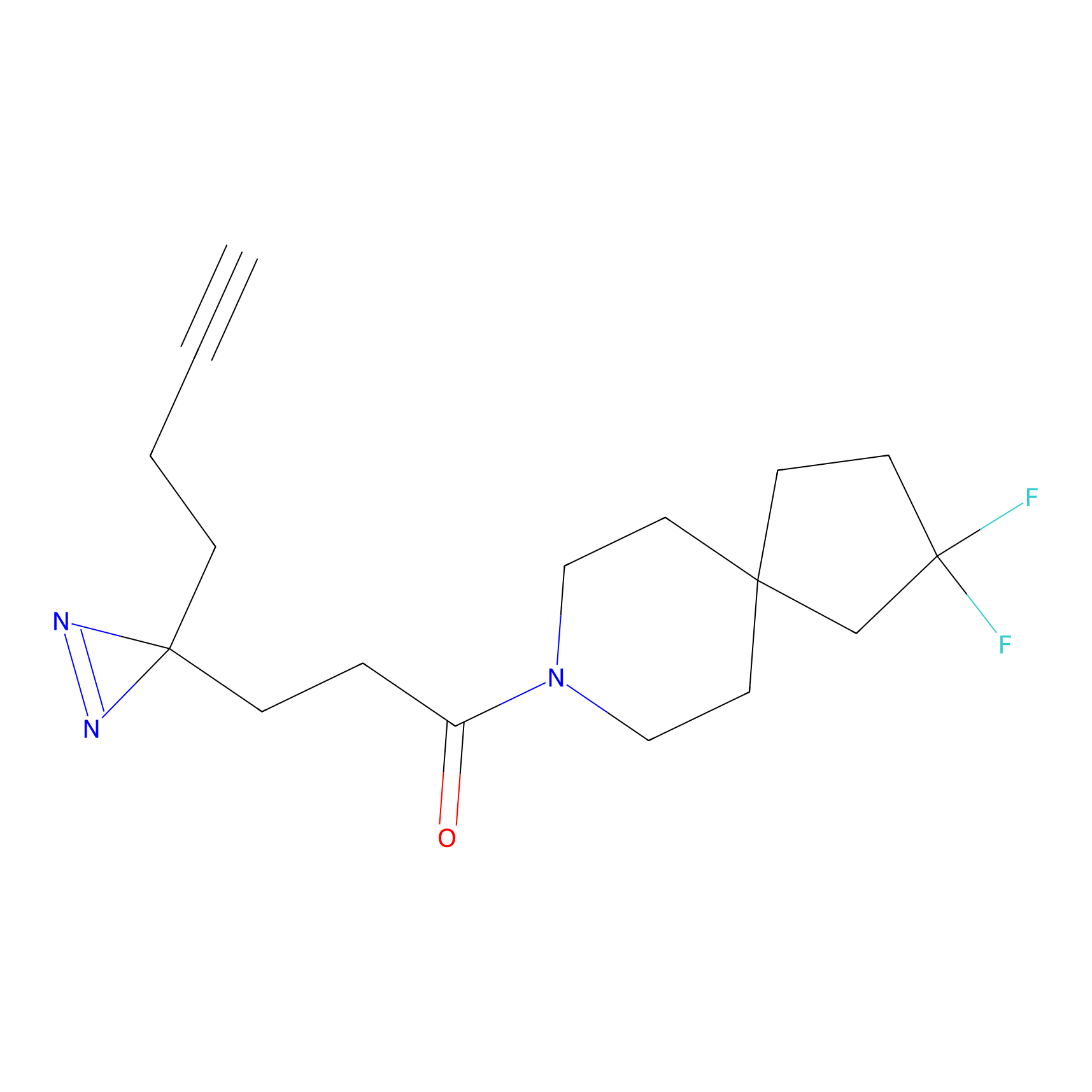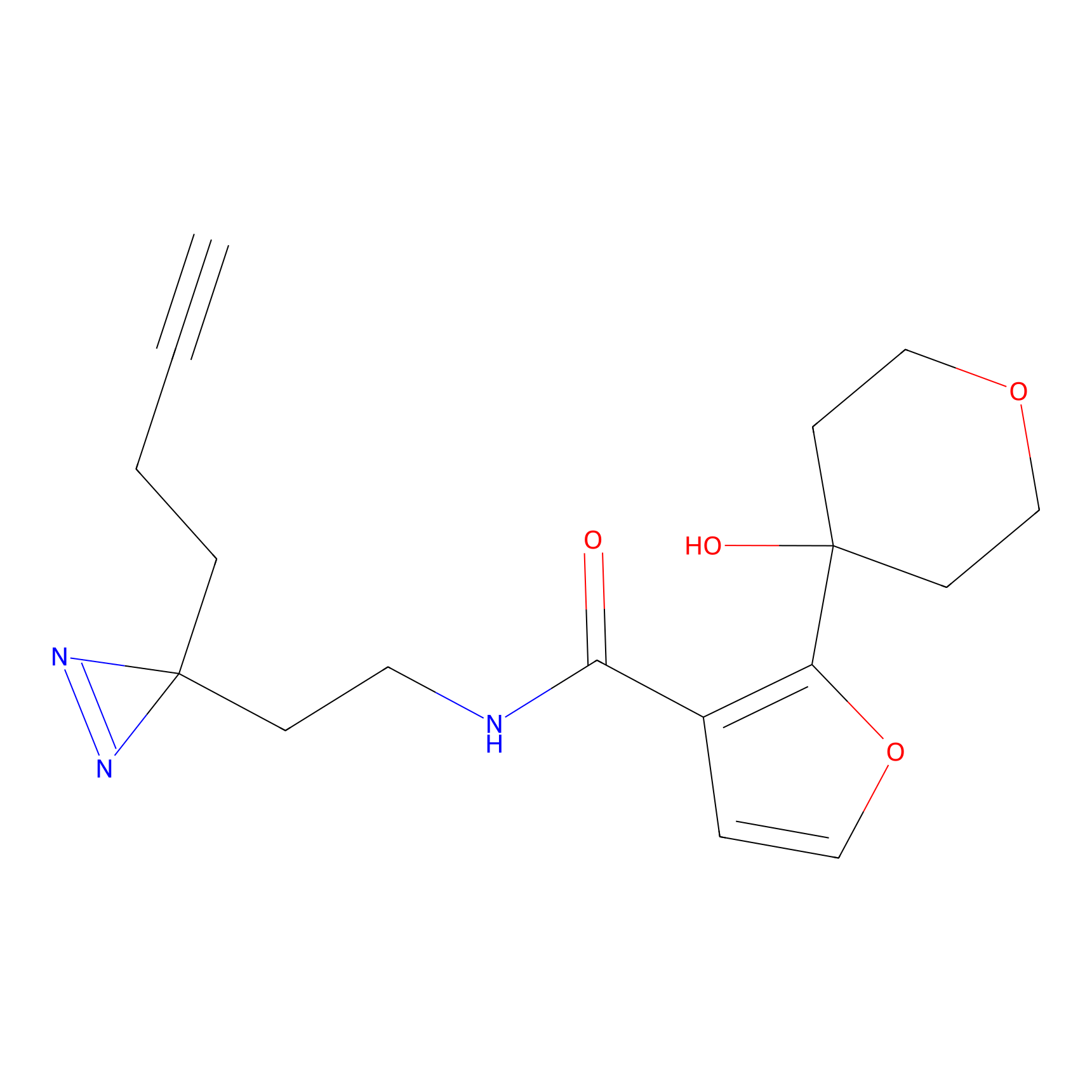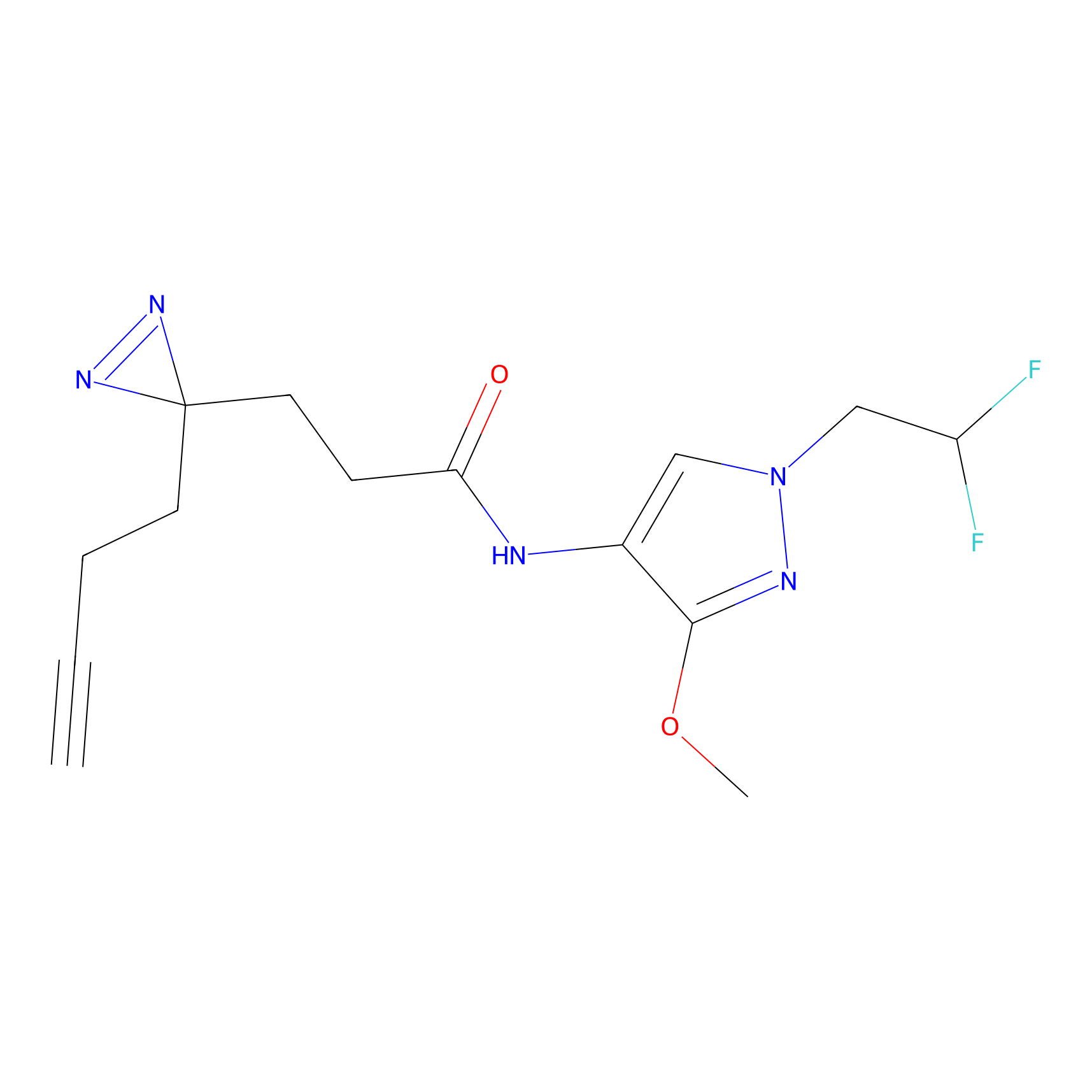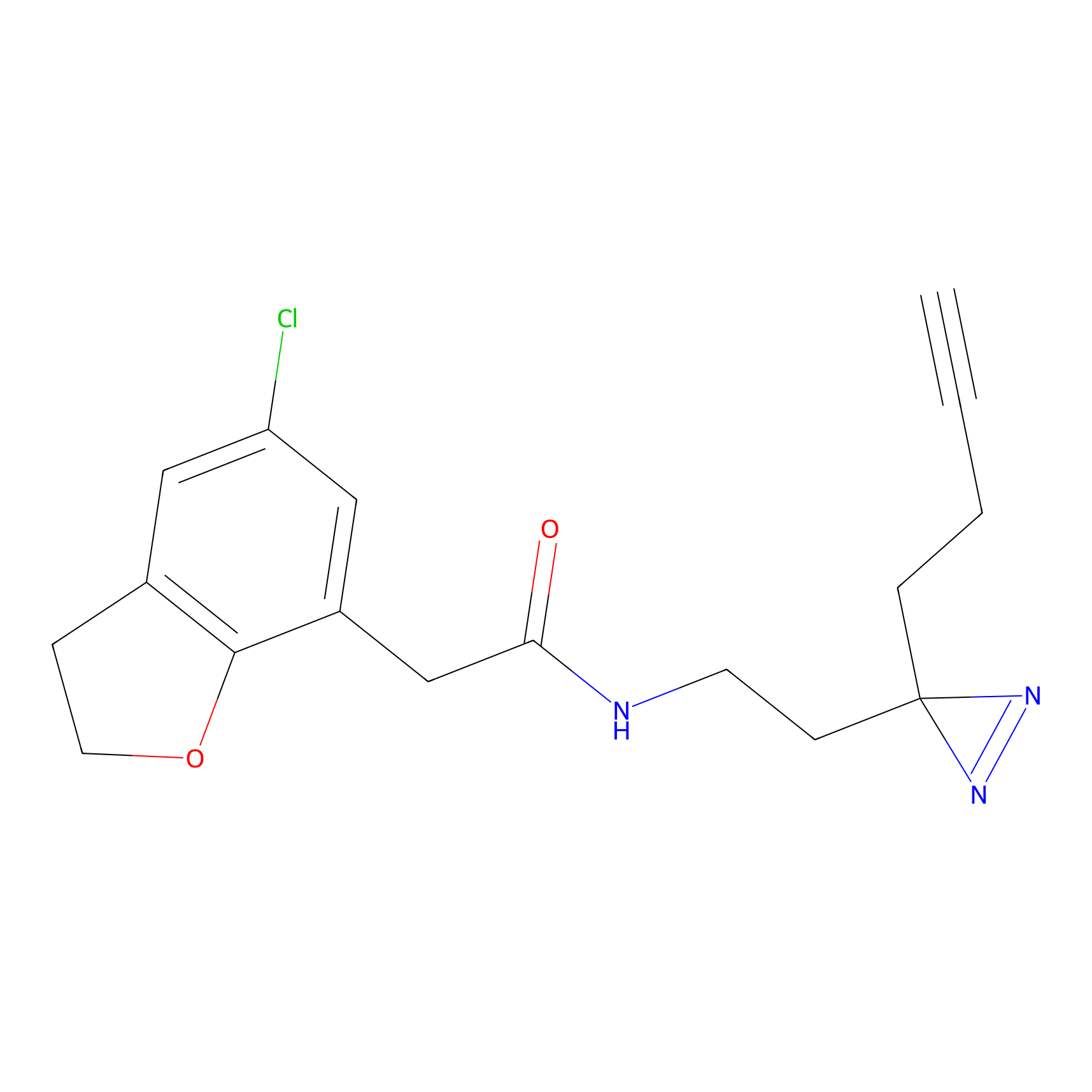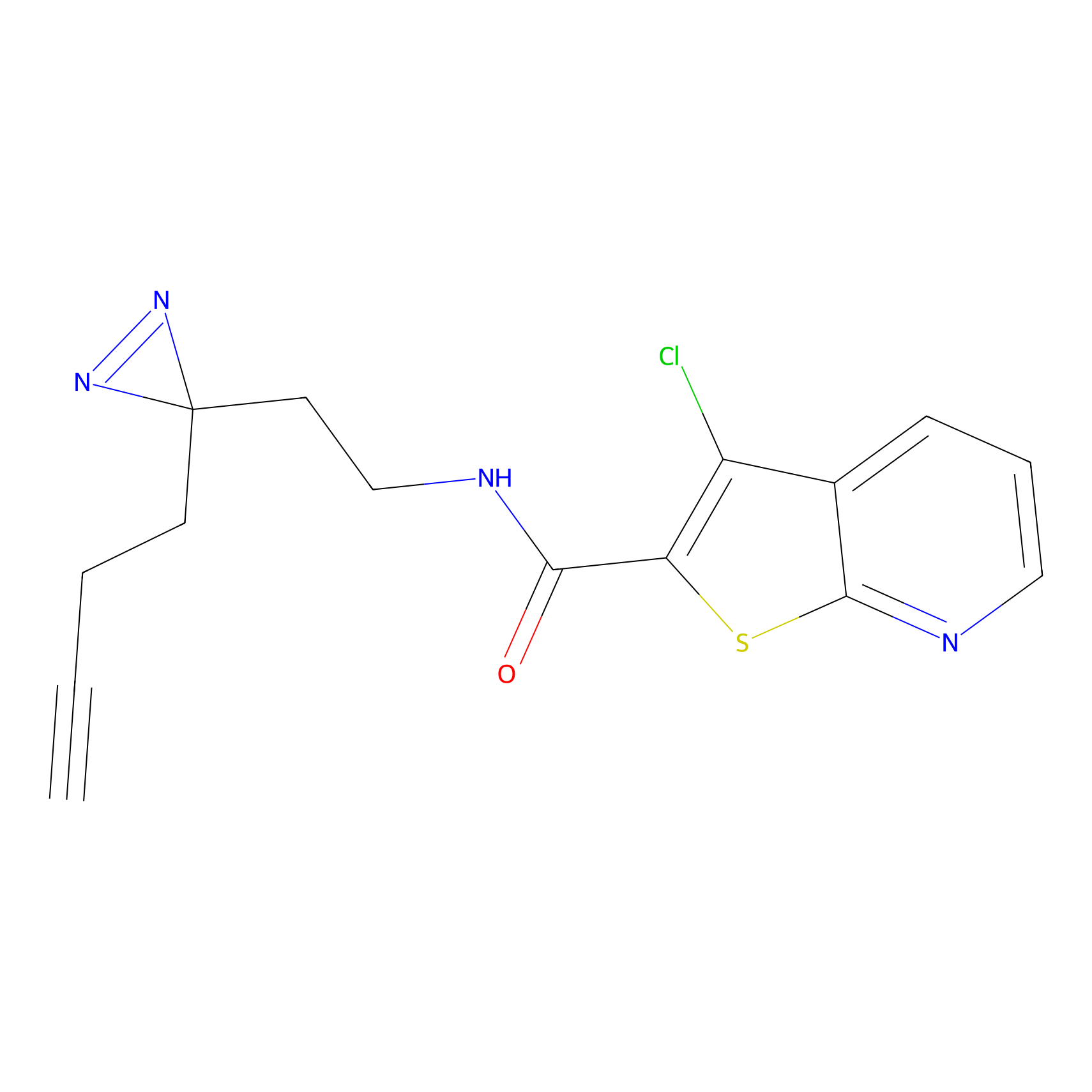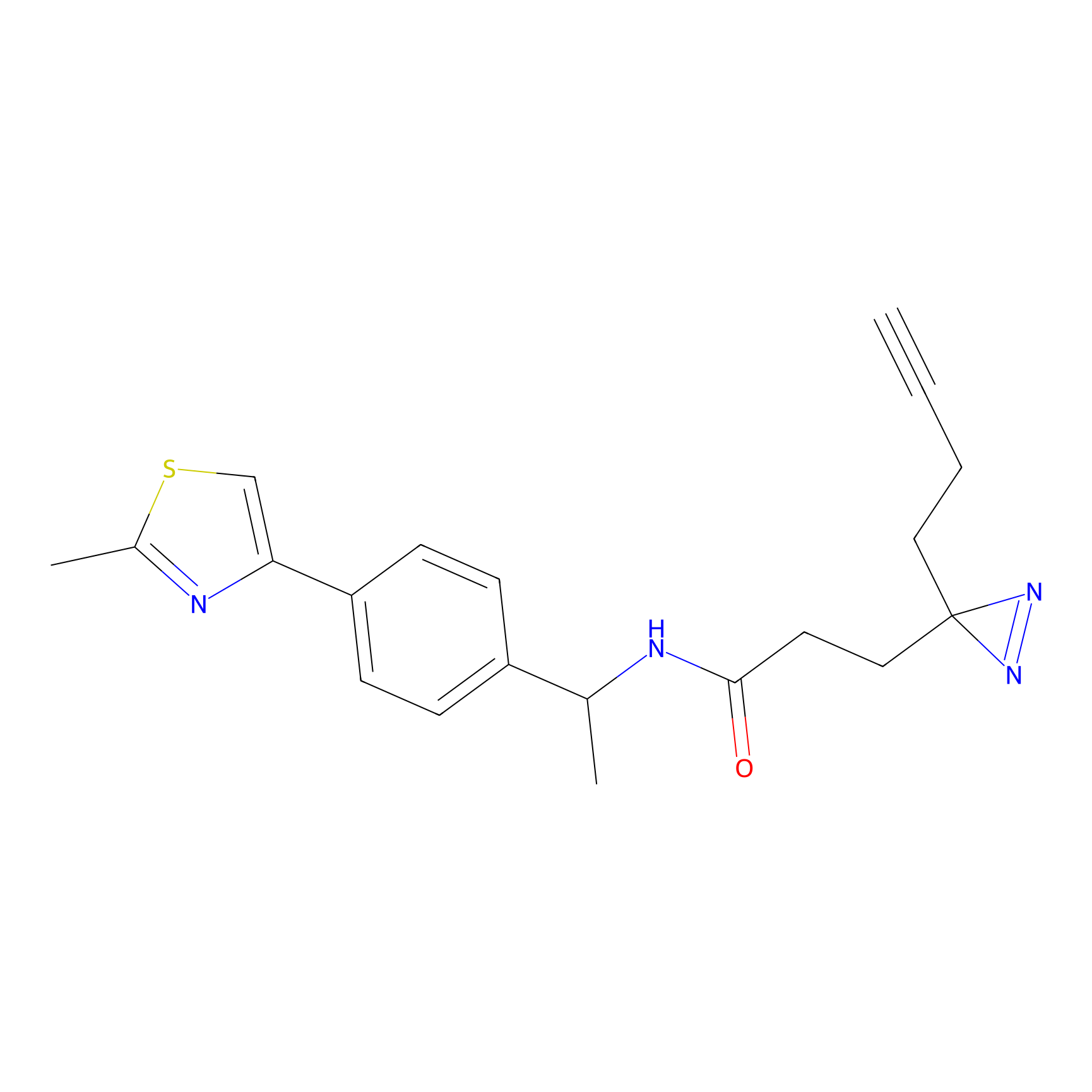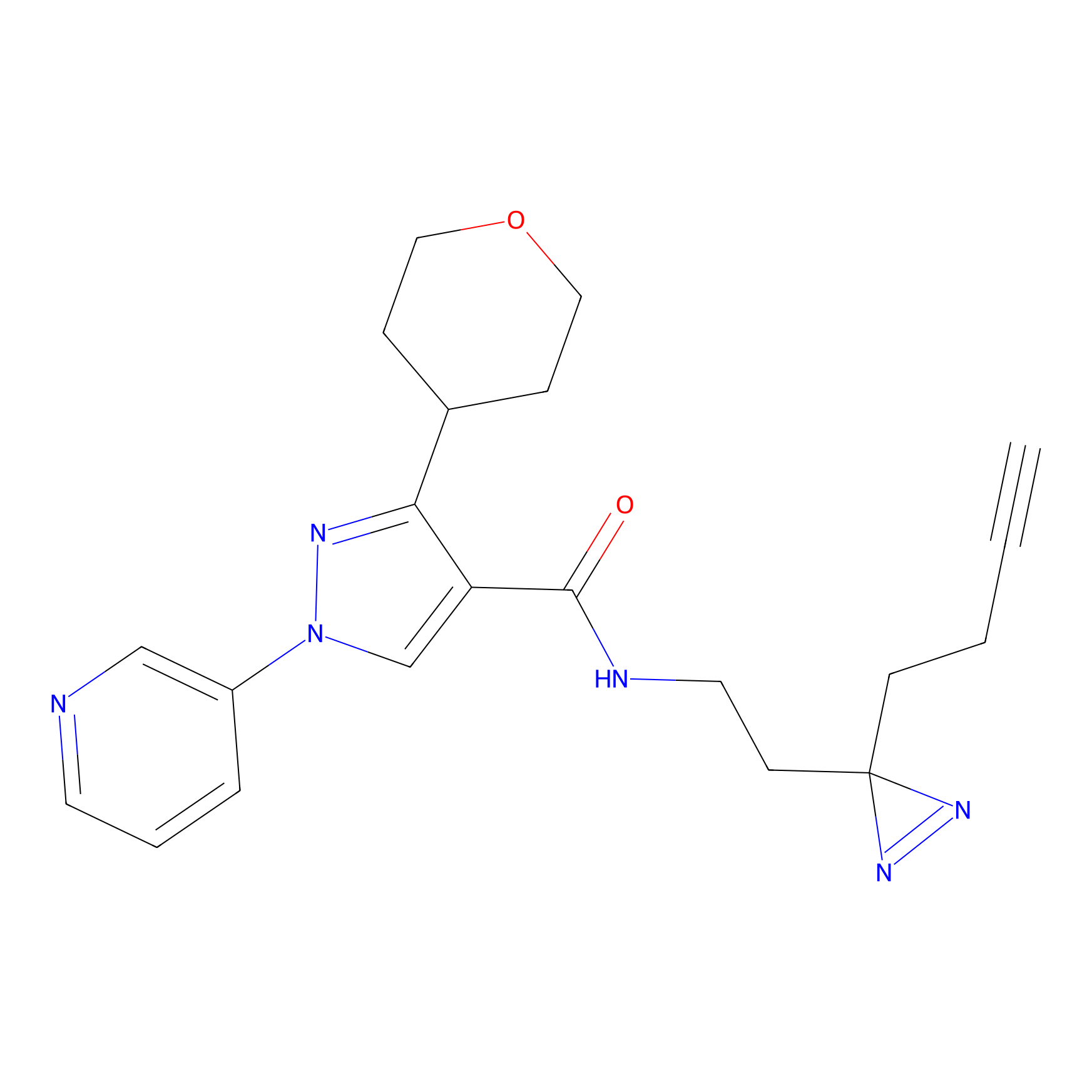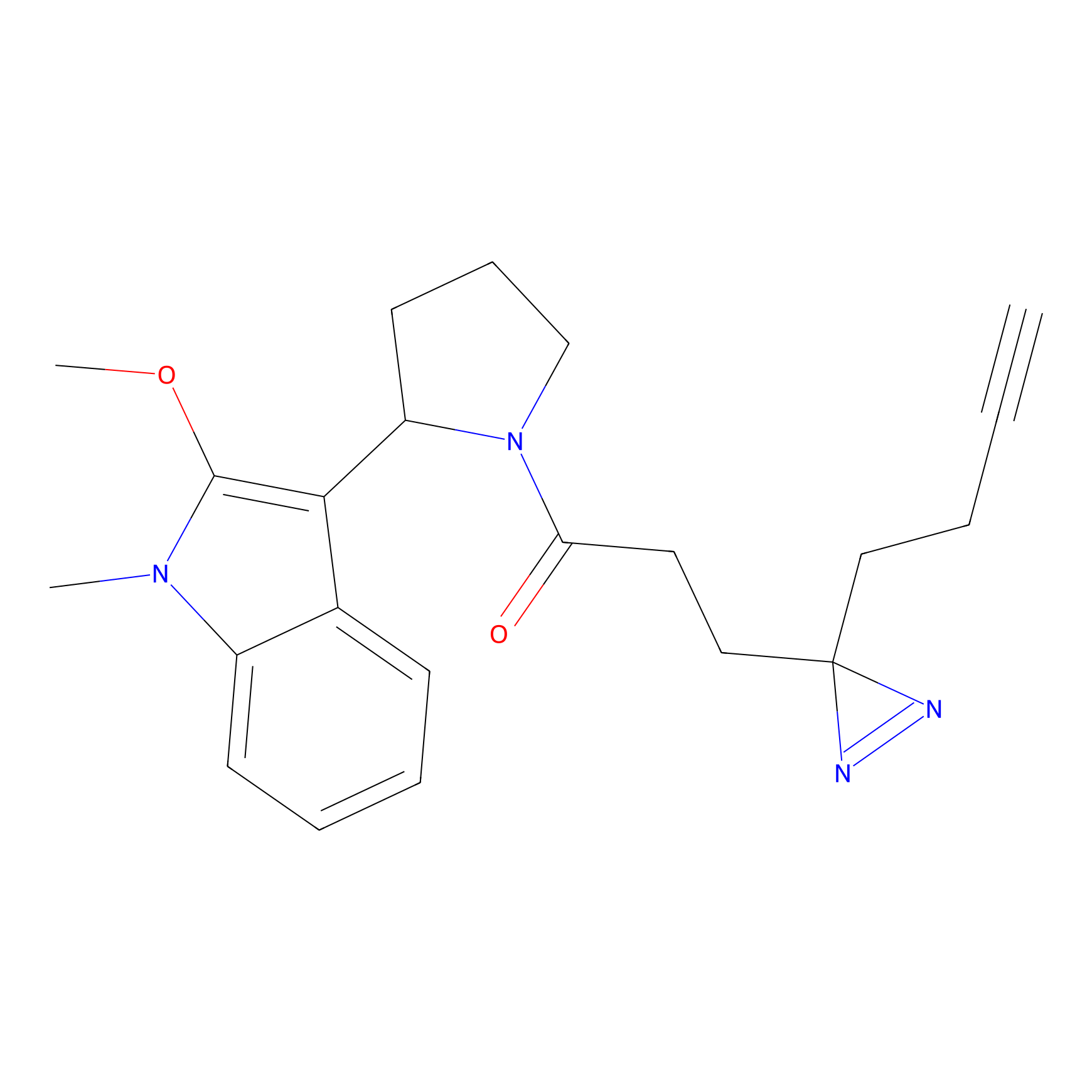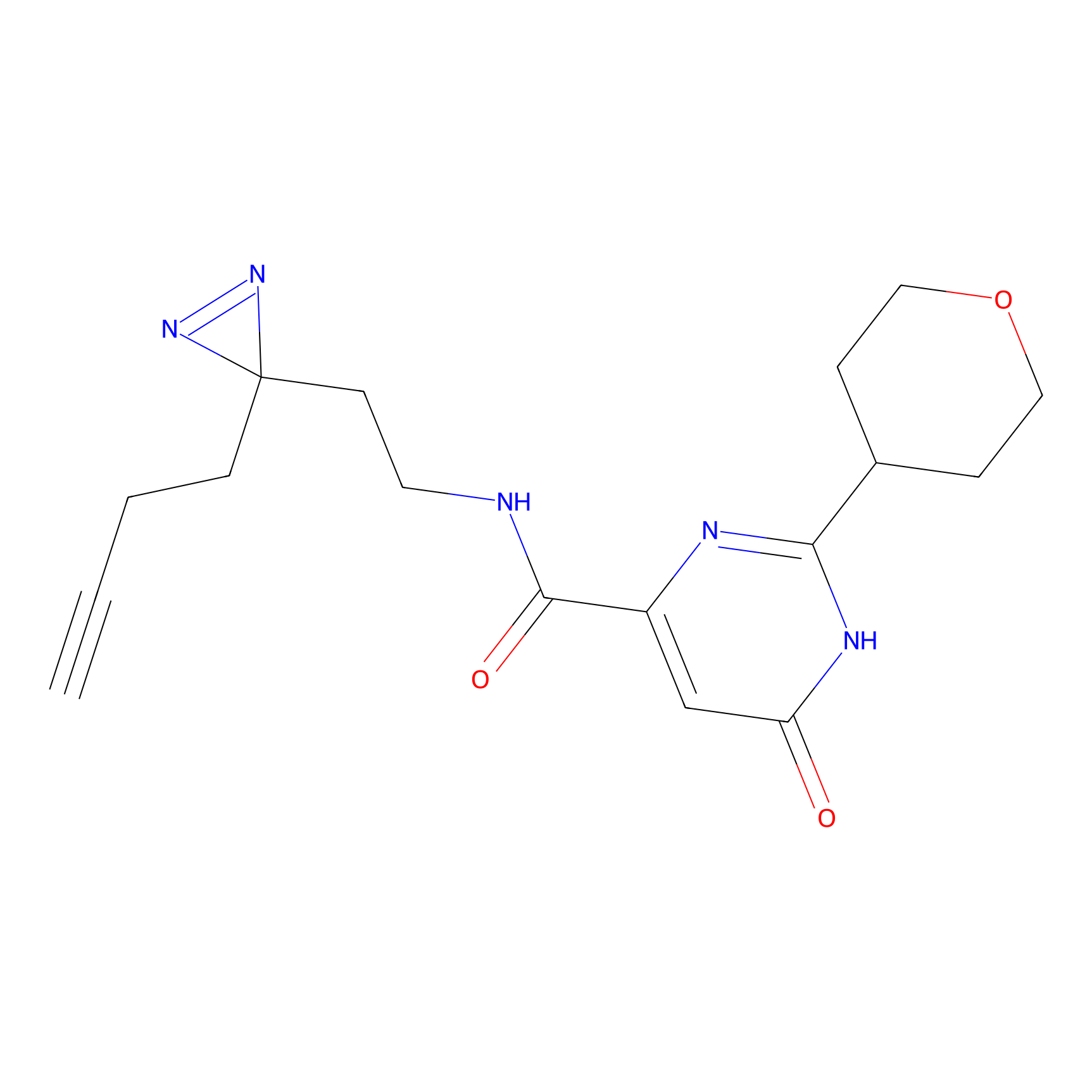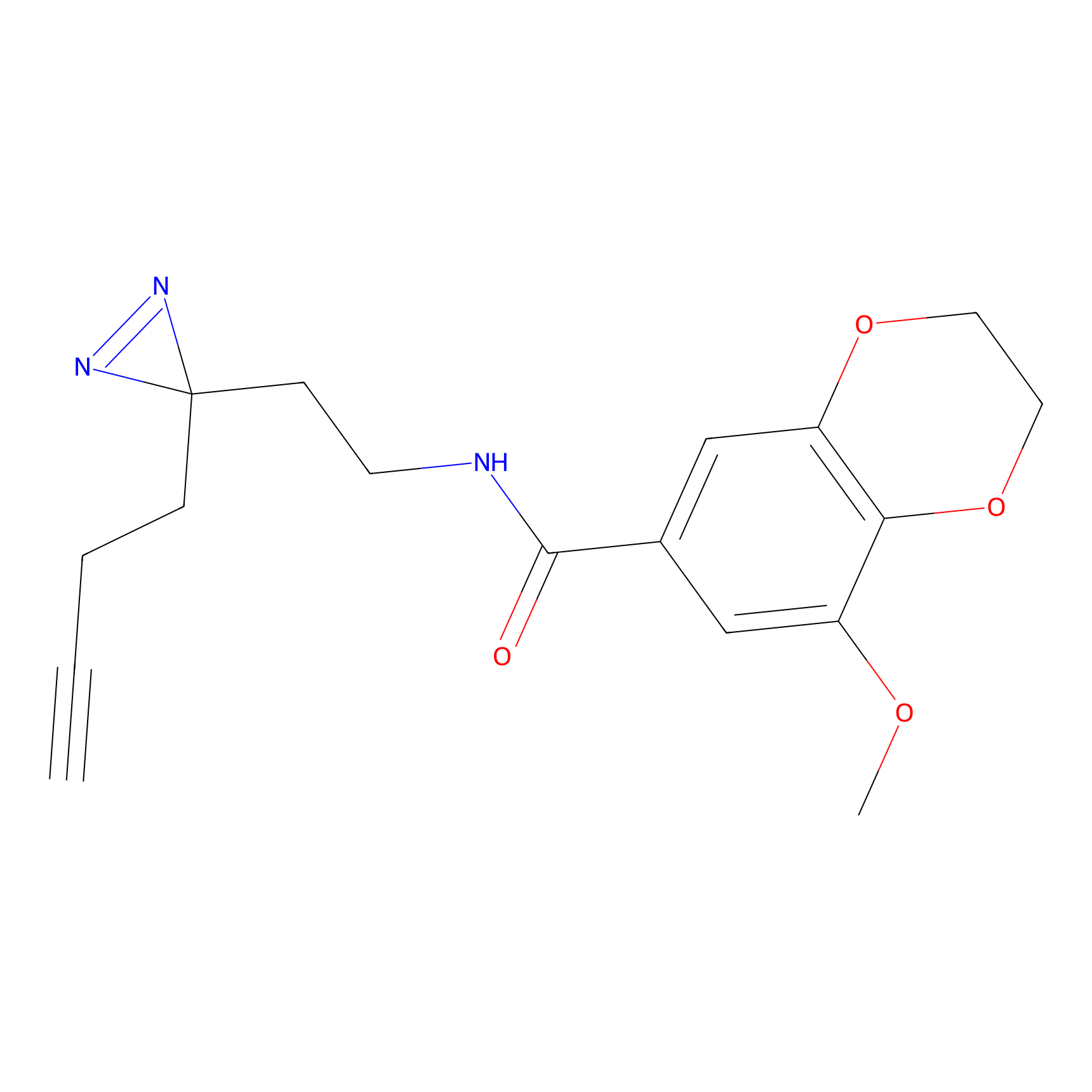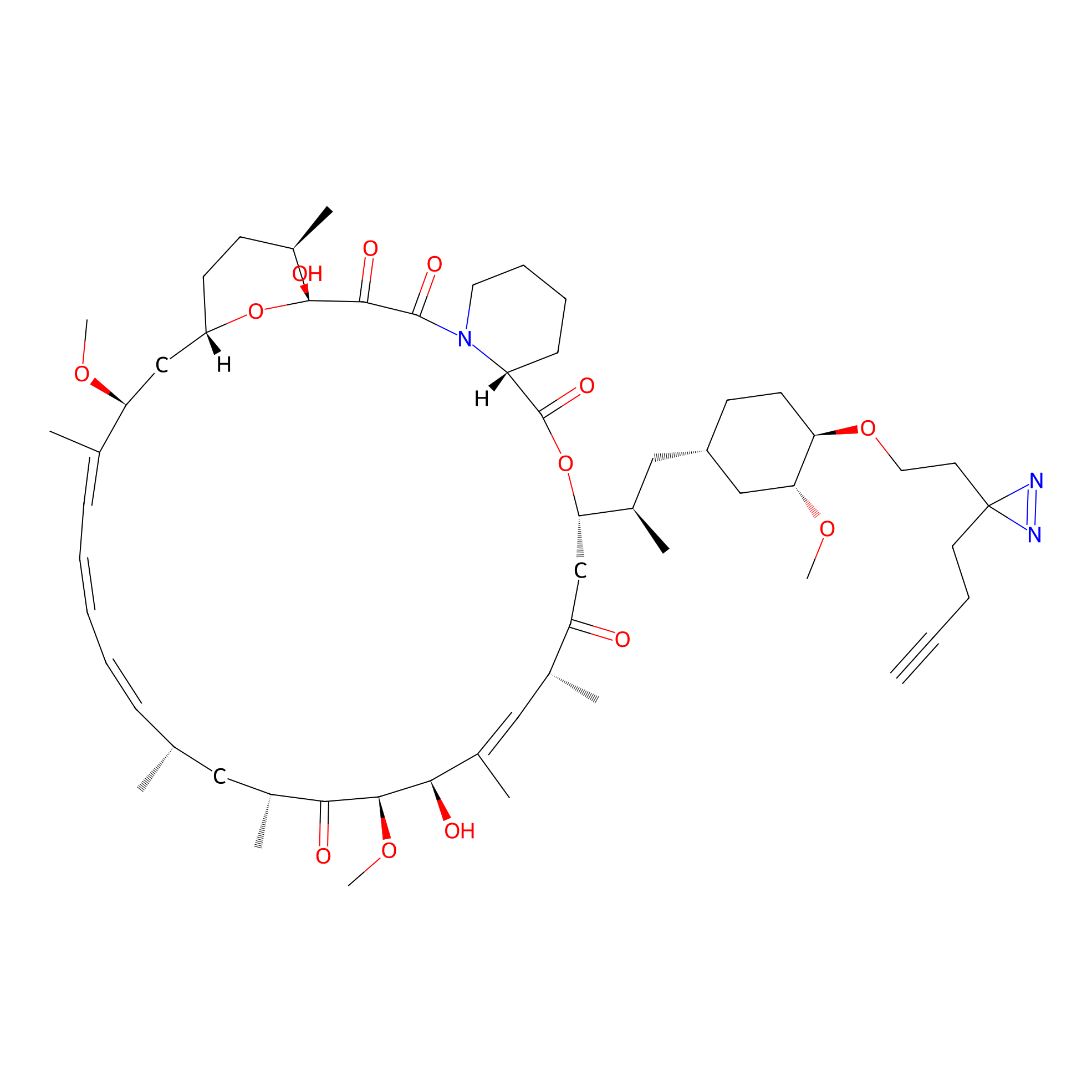Details of the Target
General Information of Target
| Target ID | LDTP07462 | |||||
|---|---|---|---|---|---|---|
| Target Name | MFS-type transporter SLC18B1 (SLC18B1) | |||||
| Gene Name | SLC18B1 | |||||
| Gene ID | 116843 | |||||
| Synonyms |
C6orf192; MFS-type transporter SLC18B1; Solute carrier family 18 member B1; Vesicular polyamine transporter; VPAT |
|||||
| 3D Structure | ||||||
| Sequence |
MEALGDLEGPRAPGGDDPAGSAGETPGWLSREQVFVLISAASVNLGSMMCYSILGPFFPK
EAEKKGASNTIIGMIFGCFALFELLASLVFGNYLVHIGAKFMFVAGMFVSGGVTILFGVL DRVPDGPVFIAMCFLVRVMDAVSFAAAMTASSSILAKAFPNNVATVLGSLETFSGLGLIL GPPVGGFLYQSFGYEVPFIVLGCVVLLMVPLNMYILPNYESDPGEHSFWKLIALPKVGLI AFVINSLSSCFGFLDPTLSLFVLEKFNLPAGYVGLVFLGMALSYAISSPLFGLLSDKRPP LRKWLLVFGNLITAGCYMLLGPVPILHIKSQLWLLVLILVVSGLSAGMSIIPTFPEILSC AHENGFEEGLSTLGLVSGLFSAMWSIGAFMGPTLGGFLYEKIGFEWAAAIQGLWALISGL AMGLFYLLEYSRRKRSKSQNILSTEEERTTLLPNET |
|||||
| Target Bioclass |
Transporter and channel
|
|||||
| Family |
Major facilitator superfamily
|
|||||
| Subcellular location |
Cytoplasmic vesicle, secretory vesicle membrane
|
|||||
| Function |
Proton-coupled polyamine antiporter involved in the translocation of polyamines from cytosol into secretory vesicles prior to their release via exocytosis. Uses the electrochemical proton gradient generated by a V-type proton-pumping ATPase to couple the efflux of protons with the uptake of a polyamine molecule. Facilitates vesicular storage of spermine and spermidine in astrocytes with an impact on glutamatergic neuronal transmission and memory formation. Upon antigen stimulation, regulates polyamine accumulation and release in mast cell secretory granules, which in turn potentiates mast cell degranulation and histamine secretion.
|
|||||
| Uniprot ID | ||||||
| Ensemble ID | ||||||
| HGNC ID | ||||||
Probe(s) Labeling This Target
ABPP Probe
| Probe name | Structure | Binding Site(Ratio) | Interaction ID | Ref | |
|---|---|---|---|---|---|
|
P11 Probe Info |
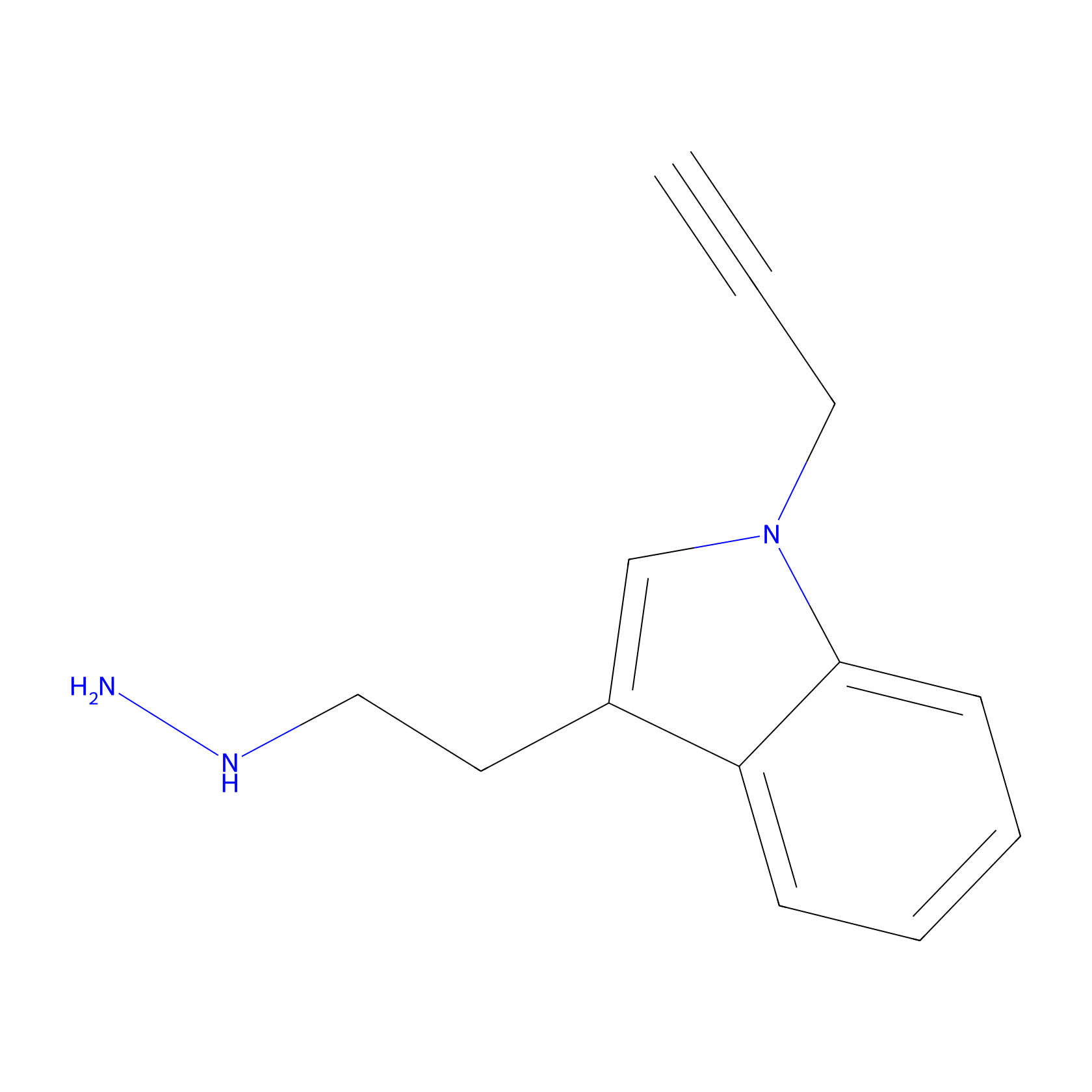 |
20.00 | LDD0201 | [1] | |
PAL-AfBPP Probe
Competitor(s) Related to This Target
References

